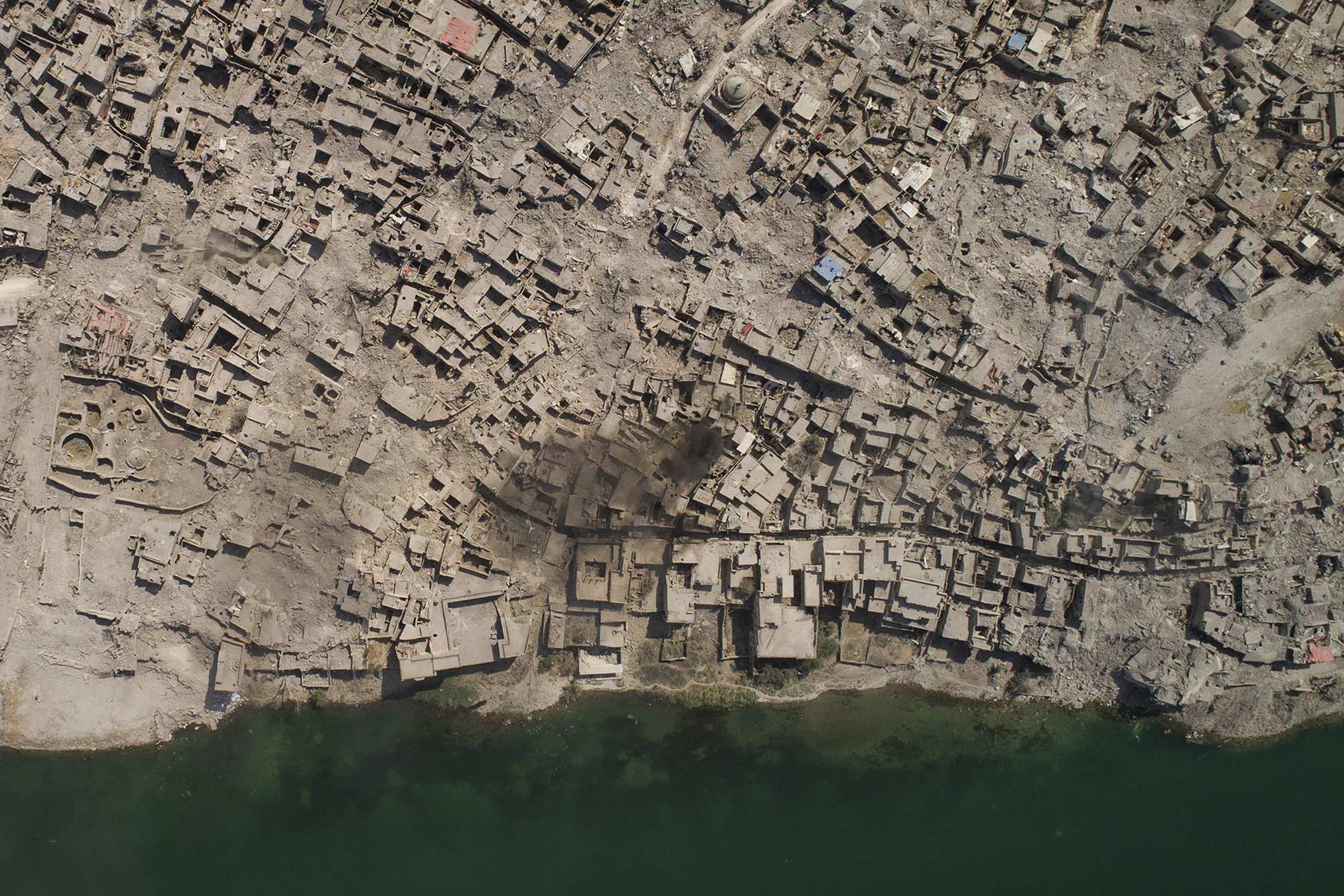
Mosul: image by Felipe Dana/AP, 14 July 2017
Mosul: Portrait of a city in ruins: AP, 14 July 2017
Text from the AP news story, Liberation from militants leaves devastation in Mosul, by Susannah George. Associated Press writers Salar Salim, Felipe Dana, Bram Janssen and Balint Szlanko in Mosul, Iraq, and Lee Keath in Cairo contributed to this report. Photos and drone video footage by Felipe Dana.
There
was a smell of death in Mosul’s Old City when Ayman Hashem came back
this week to see what happened to his home. His neighborhood was
unrecognizable.
“All that’s left is rubble and the bodies of families trapped underneath,” the 23-year-old said. He flipped through photos on his phone, showing picture after picture of wreckage. His own house was “cut in half,” he said. He had to cover his nose with his tee-shirt because of the smell of buried, rotting bodies.
“All that’s left is rubble and the bodies of families trapped underneath,” the 23-year-old said. He flipped through photos on his phone, showing picture after picture of wreckage. His own house was “cut in half,” he said. He had to cover his nose with his tee-shirt because of the smell of buried, rotting bodies.
Iraq’s U.S.-backed forces wrested Mosul from the Islamic State group at the cost of enormous destruction. The nearly 9-month fight culminated with a crescendo of devastation — the blasting of the historic Old City to root out the deeply dug-in militants.
Nearly a third of the Old City — more than 5,000 buildings — was damaged or destroyed in the final three weeks of bombardment up to July 8, according to a survey by U.N. Habitat using satellite imagery. Across the city, 10,000 buildings were damaged over the course of the war, the large majority in western Mosul, the scene of the most intense artillery, airstrikes and fighting during the past five months. The survey only covers damage visible in satellite photos, meaning the real number is likely higher.
The population, once numbering 3 million, is battered and exhausted, with hundreds of thousands displaced. Without a swift campaign to rebuild Mosul, aid and rights groups warn the current humanitarian crisis will balloon and resentment will likely give way to extremism, undermining the victory.
“If the western half is ignored it will produce a social disaster and this social disaster will create bigger destruction if it’s not addressed,” said Khatab Mohammed al-Najjar, a resident of eastern Mosul who watched the Old City burn from across the Tigris River during the operation.
“West Mosul produced Daesh, and it is very possible it may produce a new Daesh,” he said, referring to west Mosul’s historically more religious and traditional residents. He used the Arabic acronym for IS.
When Iraqi Prime Minister Haider al-Abadi declared victory in Mosul Monday, he pledged reconstruction would begin soon. But his government still struggles to finance day-to-day workings of the state amid low oil prices.
Thousands of Mosul families have been left without a home. Schools have been leveled, utility grids wrecked, highways pounded into broken dirt roads.
All five of the city’s bridges spanning the Tigris River have been damaged. The main hospital complex where a battle raged for more than a month is a burned out shell. Mosul’s airport looks like a derelict parking lot, booby-trapped with explosives by fleeing IS fighters.
In eastern Mosul, the destruction was less intense. More than 160,000 of the 176,000 people who fled the east have returned, according to the U.N. Residents have begun rebuilding homes, shops have reopened, and demining is underway.
But west of the Tigris, neighborhoods have been rendered into ghost towns. There, coalition strikes killed some 5,805 civilians between Feb. 19 and June 19, according to Airwars, a London-based monitoring group tracking civilian deaths resulting from coalition actions.
Fewer than a tenth of the more than 730,000 people who fled western Mosul have filtered back.
Saif Mohammed recently re-opened his sandwich shop on a main avenue in the west, repairing war damage with the help of a $5,000 loan from relatives. On the same street, only two or three other shops are open. The other storefronts are bombed out and burned, the corrugated Iron doors warped by explosions.
His shop is a bet that residents will return. “But what people really need is government help,” he said. “If the government doesn’t give money, there won’t be any rebuilding.”
Hiyam Mohammed hid in her home with her family on the edge of the Old City throughout the fight. They could see the cemetery from their house.
“Some days the funerals lasted from dawn into the night. There were so many bodies piled up, it looked like a hill,” she said. “I thought I was going crazy seeing this. They didn’t even have time to wash the dead.”
She said the only way to justice is if the government and coalition pay compensation to those who lost relatives or property.
“The
government brought Daesh to us,” she said, referring to sectarian rule
that fueled Sunni extremism and corruption that weakened the country’s
security forces. “This mess is God’s revenge for that.”
But some in the security forces have resentments of their own, blaming Mosul residents for supporting IS.
“The people here have always had a rebellious nature, so they should take some responsibility for what has happened,” said Maj. Imad Hassan, a federal police officer from Baghdad.
But some in the security forces have resentments of their own, blaming Mosul residents for supporting IS.
“The people here have always had a rebellious nature, so they should take some responsibility for what has happened,” said Maj. Imad Hassan, a federal police officer from Baghdad.
During the campaign, his unit fought to capture a stretch of the corniche running along the Tigris, hammering it with artillery for weeks to clear out IS resistance. The former municipal center was shredded, rows of buildings blackened, palm trees lining the boulevard burned.
“I hope this destruction teaches them their lesson,” he said.
Iraqi and coalition officials say the devastation was the result of the Islamic State group’s tenacious grip. IS transformed the city into a fortress. Its fighters used hospitals and schools as military bases, moved civilians from the rural outskirts into central neighborhoods to use as shields from airstrikes and rigged hundreds of houses and roads with explosives.
Nearly 10 years ago, Maj. Maher Aziz Khalaf fought IS’ predecessor, al-Qaida, in Mosul alongside U.S. forces. But when he rolled into western Mosul with the first wave of Iraqi special forces troops in early February he said he immediately realized this battle would alter the city in a way previous fights hadn’t.
“In 2008 it was different. We would just identify which houses the terrorists were living in, come in at night and arrest them,” he said. “We were fighting gangs, not an entire city.”
A coalition spokesman, Col. Joe Scrocca, said the forces had to balance between protecting non-combatants and infrastructure on one hand and moving quickly on the other. Another factor, he said, was that the longer it took to free the city, the more danger civilians were in, whether from lack of food or IS retaliation.
Hesitant to risk casualties along their own troops, Iraqi military commanders relied on airpower and artillery to clear neighborhoods where a handful of IS fighters armed with light weapons and civilians as human shields repeatedly stalled entire units of Iraq’s military.
As the fight moved to the Old City, rights groups and the U.N. warned the coalition and Iraqi forces against using large munitions. Still, the U.S.-led coalition repeatedly approved the use of 500- and 2,000-pound bombs inside the densely populated district.
As waves of civilians fled the Old City, more than a dozen individuals told the AP they knew of multiple families killed under their homes by what they believed to be airstrikes.
“The
buildings can be rebuilt, but the human lives lost cannot,” said Iraqi
special forces Lt. Gen. Abdul-Ghani al-Asadi from a base on the edge of
Old City on Tuesday.
“But the buildings in the Old City were all very old anyway,” he said. “Now we can demolish them and build apartment buildings.”
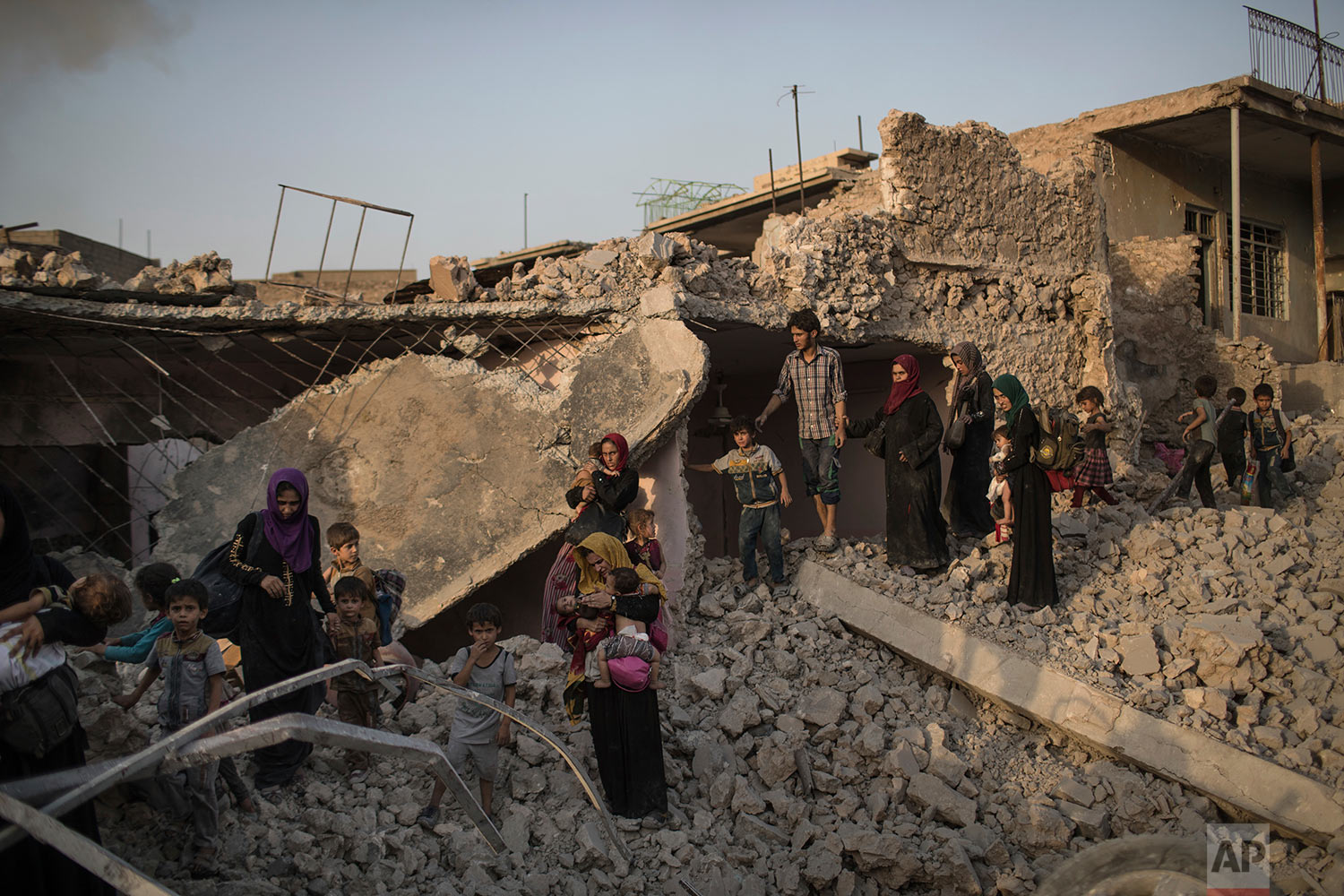
-
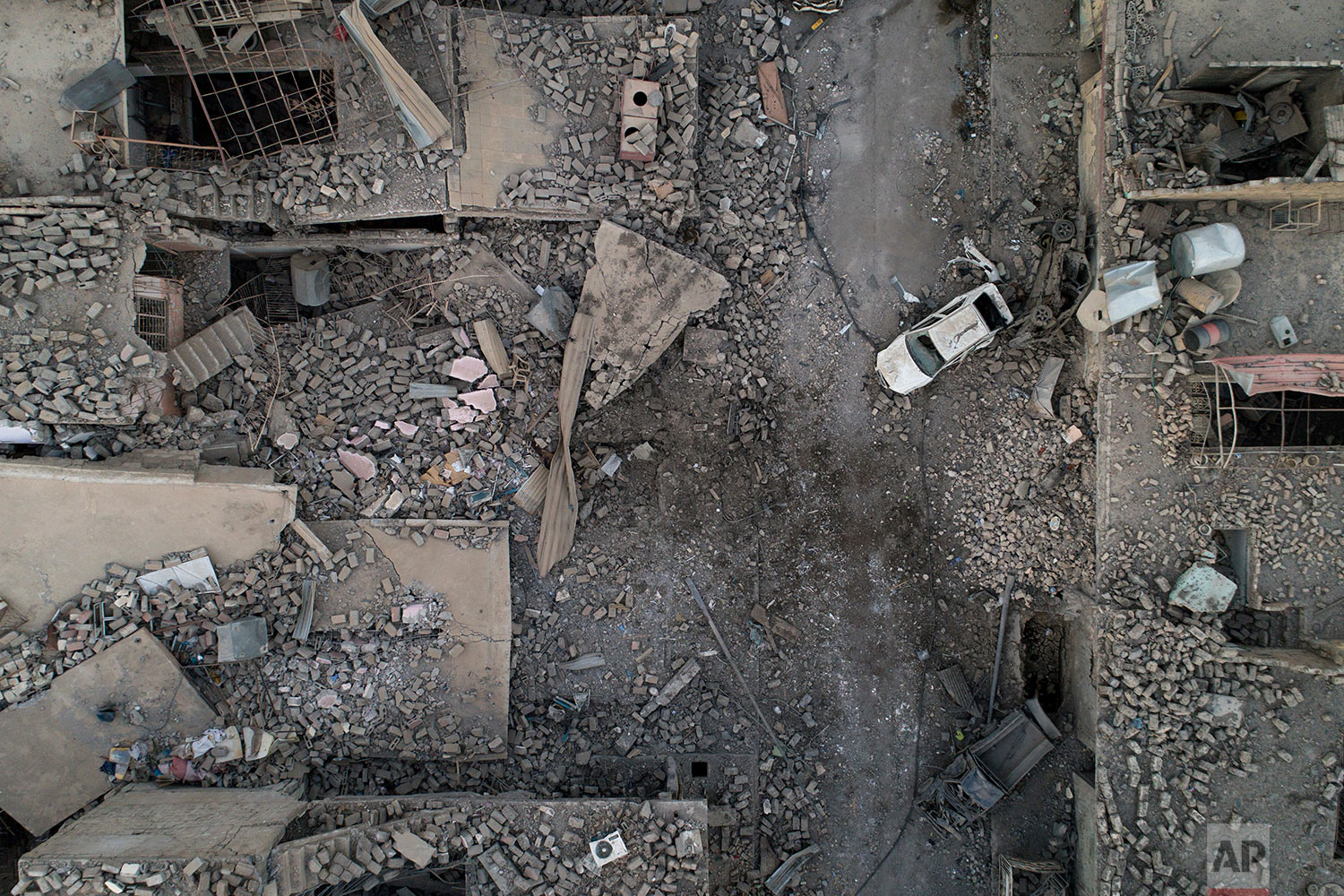 -
-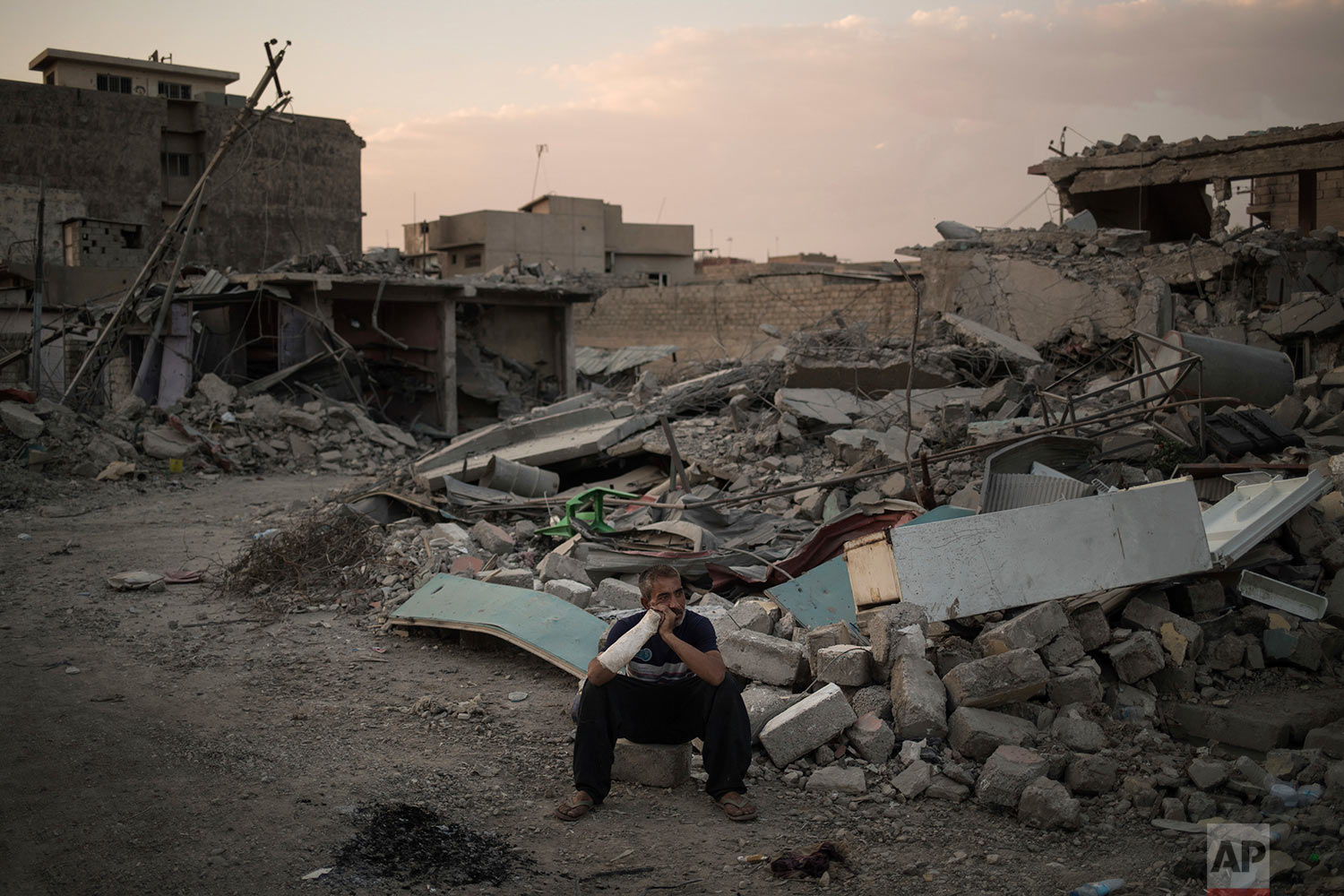 -
-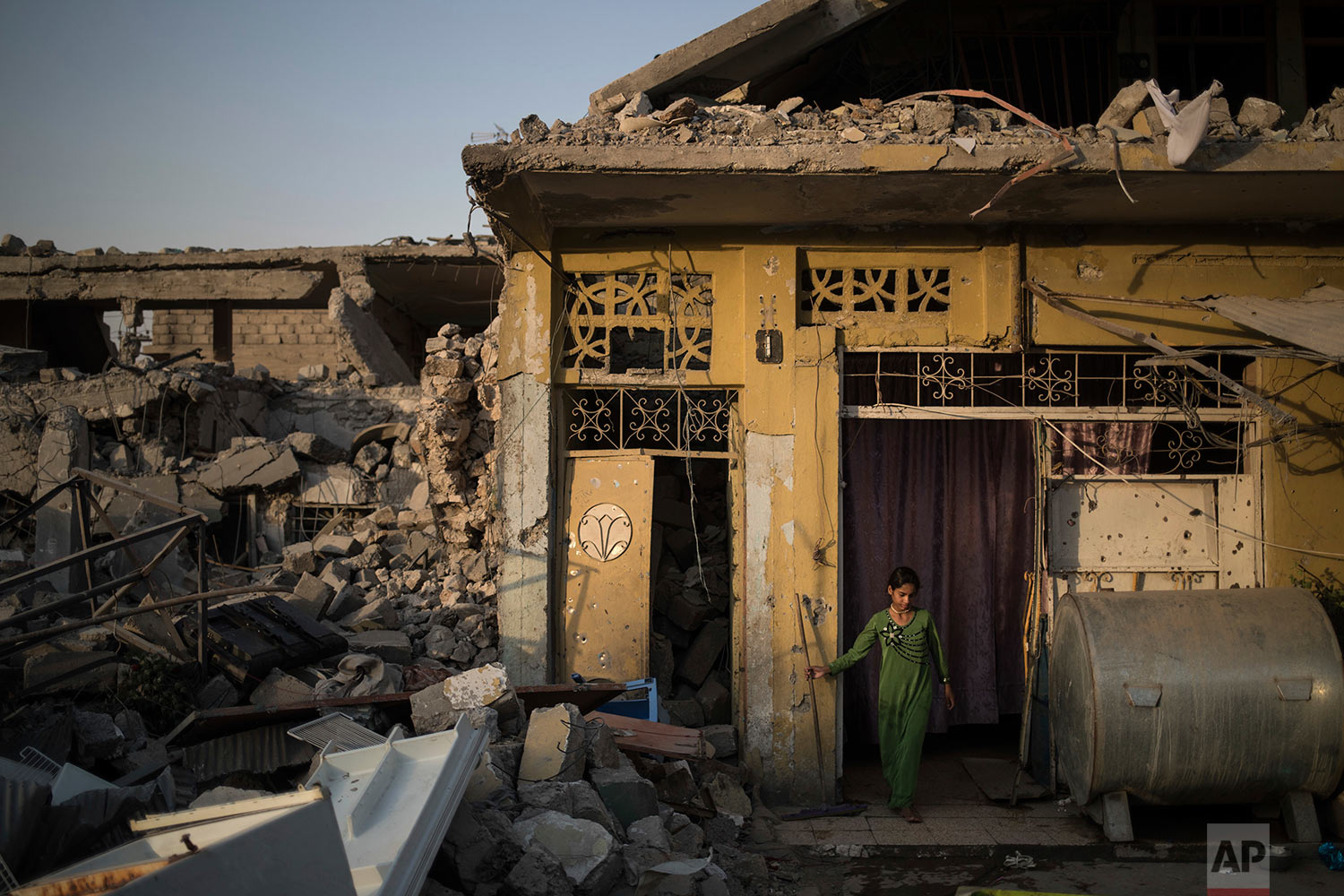 -
-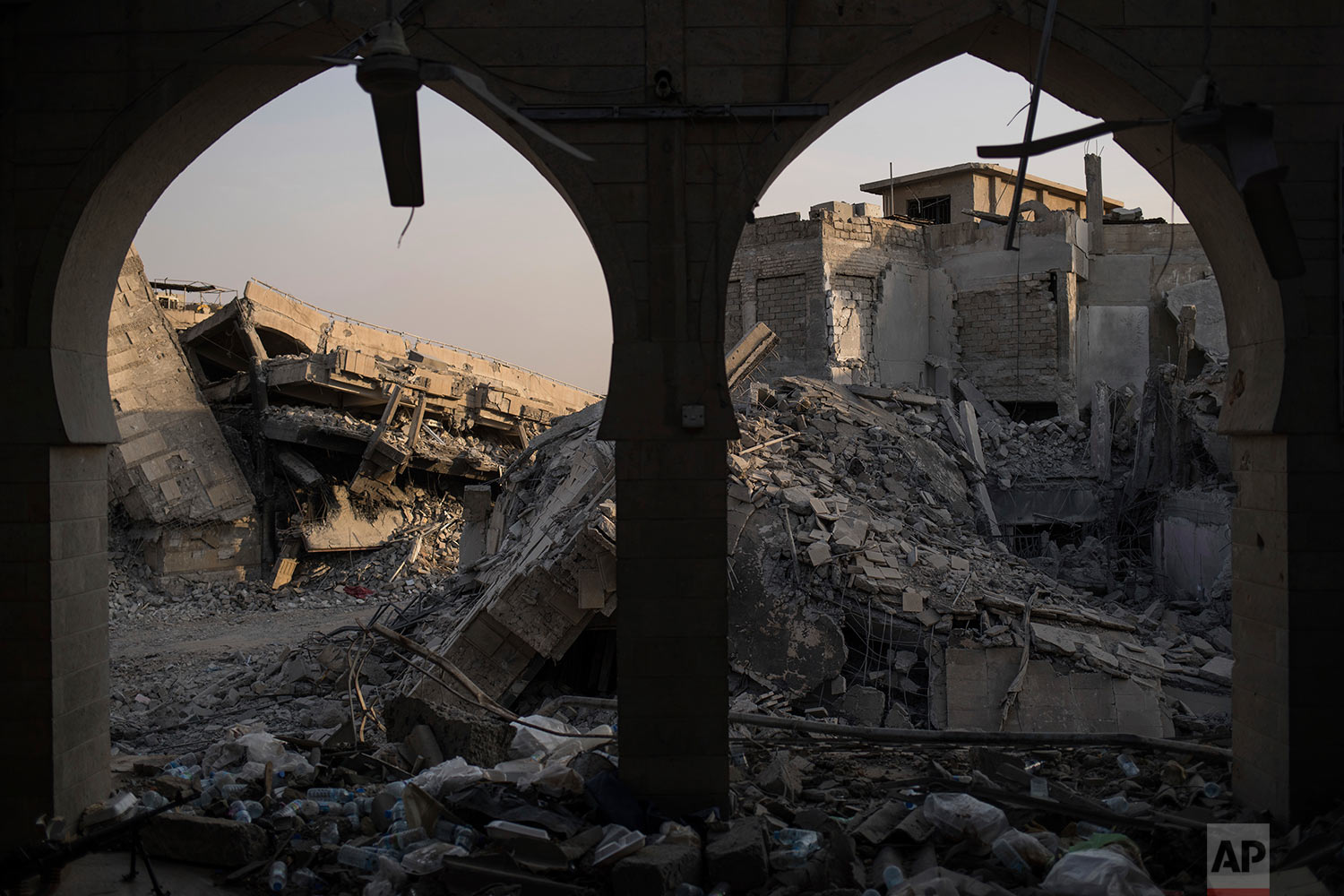 -
-
-
-
-
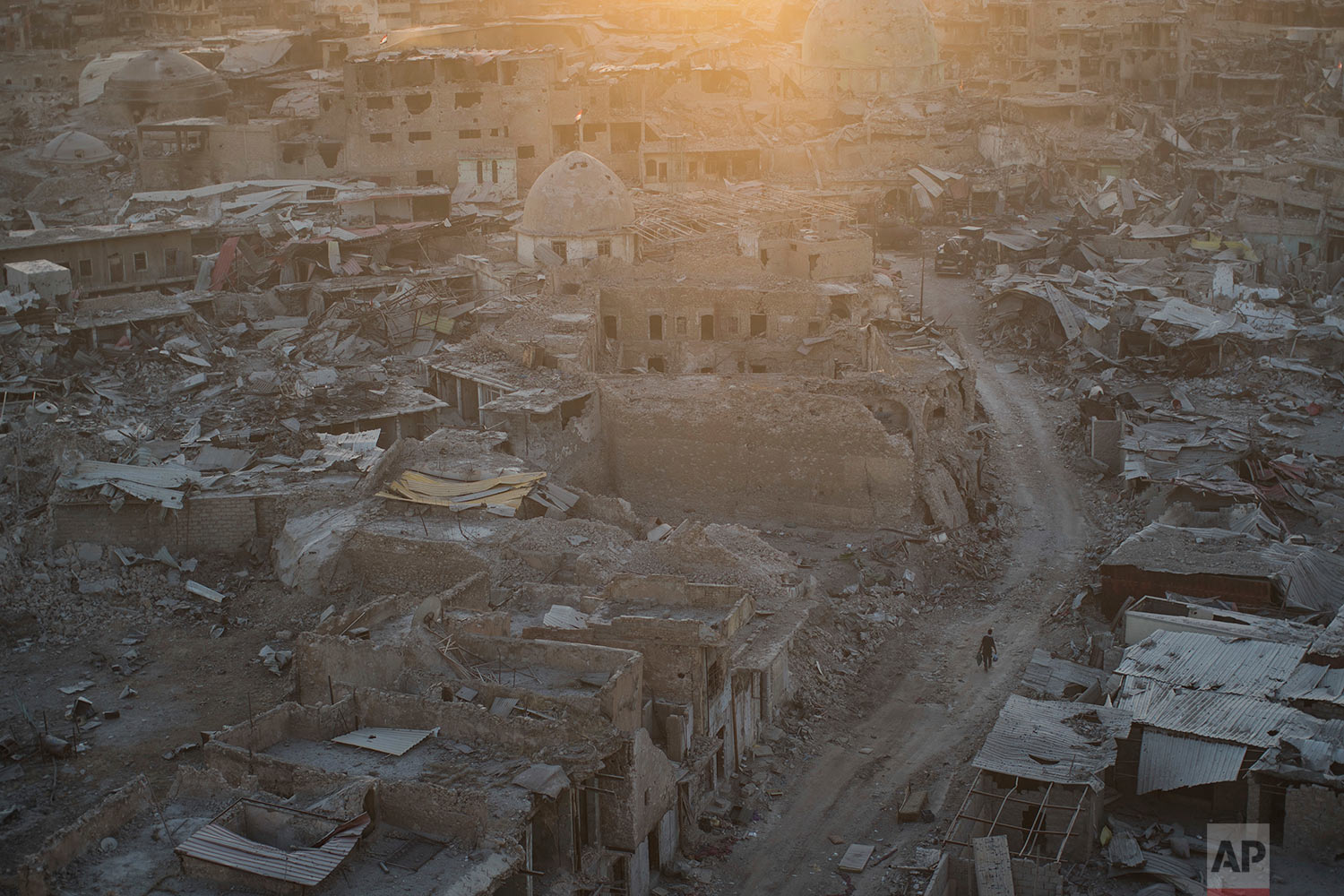
(photos and drone footage by Felipe Dana/AP, 14 July 2017)
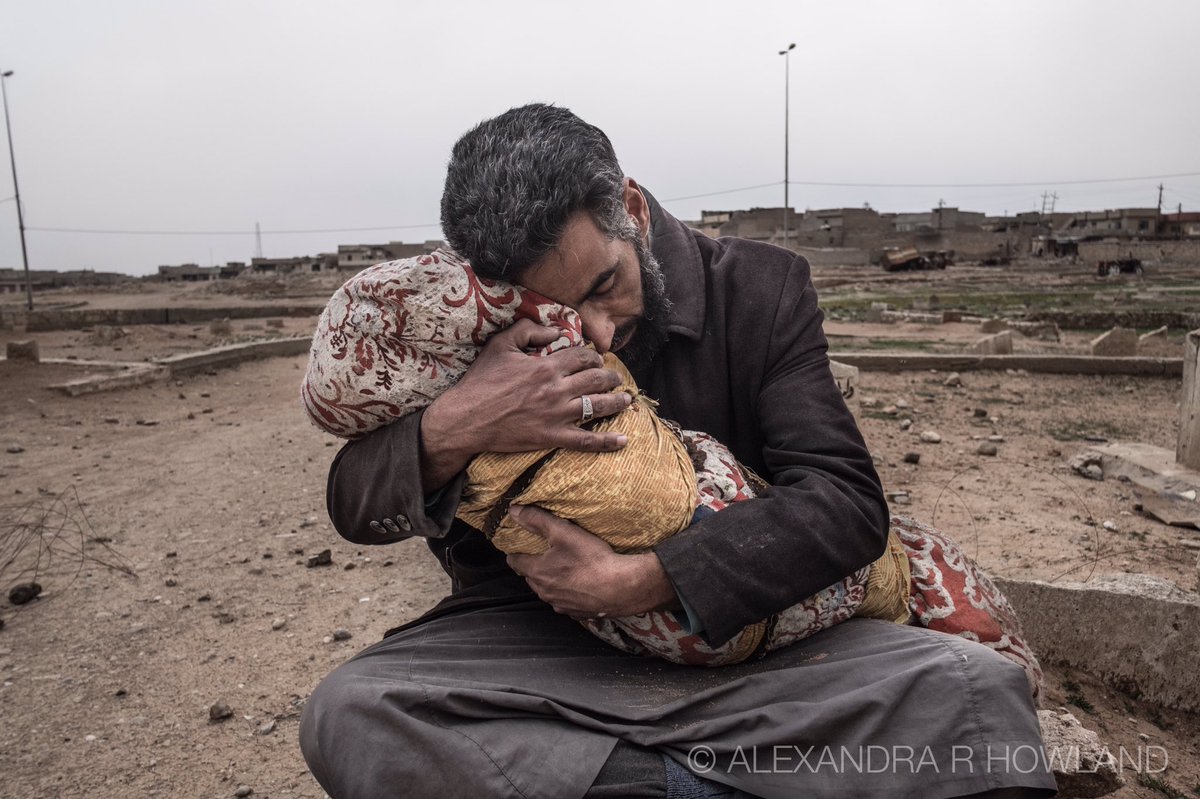
A
father spends his last moments holding his daughter after she was
killed in fight against Da'esh in W Mosul. #mosuloffensive #iraq #isis: image via Alexandra Rose Howland @alexrosehowland, 23 March 2017
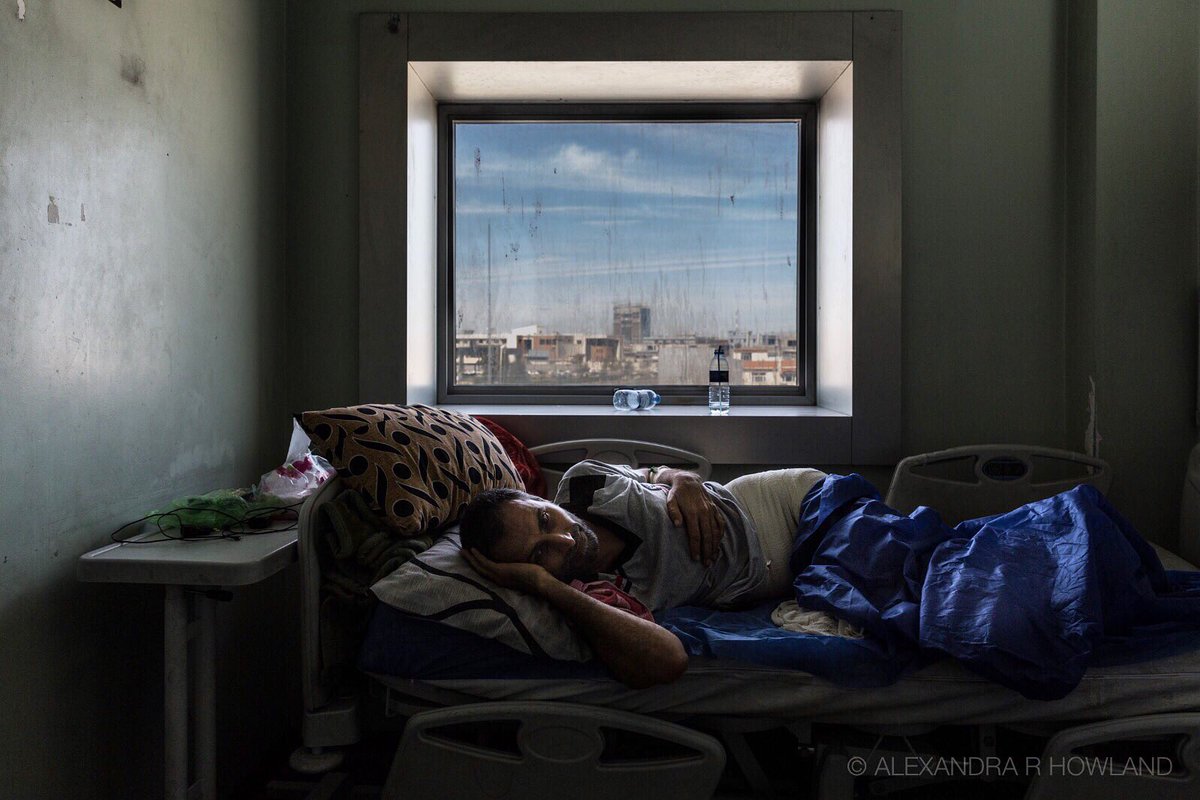
Abdulla, 47, lays in an Erbil hospital after surviving American airstrike that killed 300 civilians. #mosuloffensive #iraq: image via Alexandra Rose Howland @alexrosehowland, 5 April 2017

People fleeing fighting between Iraqi forces and ISIS line up to board a truck headed for a displaced persons camp southwest of Mosul, Iraq, on March 1, 2017.: photo by Cengiz Yar, 1 March 2017

A man hands his younger brother, killed by an IED, to a medic at a field clinic in the Samah neighborhood of Mosul, Iraq, on Nov. 18, 2016.: photo by Cengiz Yar, 18 November 2016

A woman gives her young child water while waiting to be let into the Hasansham camp for displaced persons on Nov. 4, 2016.: photo by Cengiz Yar, 4 November 2016
A young boy, wounded by shrapnel in his face and
groin, is treated at a clinic in the Samah neighborhood of Mosul, Iraq,
on Dec. 1, 2016. He continued to bleed through the gauze and bandages
before medics loaded him into an ambulance.: photo by Cengiz Yar, 1 December 2016
An officer with the Iraqi National Security Service
subdues civilians during a raid on suspected ISIS militants in eastern
Mosul, Iraq, on Feb. 21, 2017. The teenager facing away from the camera
was arrested on suspected ISIS ties; the man on the right facing the
camera was not arrested but was forced to the ground so he would not
interfere.: photo by Cengiz Yar, 21 February 2017
Newly displaced civilians fleeing the conflict
between the Iraqi army and ISIS arrive at a mustering area on the
northern edge of Gogjali in Mosul, Iraq, on Nov. 4, 2016.: photo by Cengiz Yar, 4 November 2016
An injured civilian lies on a stretcher at a clinic south of Mosul, Iraq, on Feb. 23, 2017: photo by Cengiz Yar, 23 February 2017
A dead child lies in a body bag at a clinic south of Mosul, Iraq, on Feb. 23, 2017.: photo by Cengiz Yar, 23 February 2017
Newly displaced civilians from Hawija wait outside an interrogation room in a base run by Asayish, Kurdish Regional Government security forces, in Dibis, Iraq, on Dec. 12, 2016.: photo by Cengiz Yar, 12 December 2016

Matham Tarek’s father cries near his son’s body at a field clinic in the Samah neighborhood of Mosul, Iraq on Nov. 13, 2016. He was killed by a mortar attack.: photo by Cengiz Yar, 23 February 2017

Burning oil pits in Qayyarah, Iraq, on Oct. 26, 2016.: photo by Cengiz Yar, 12 December 2016
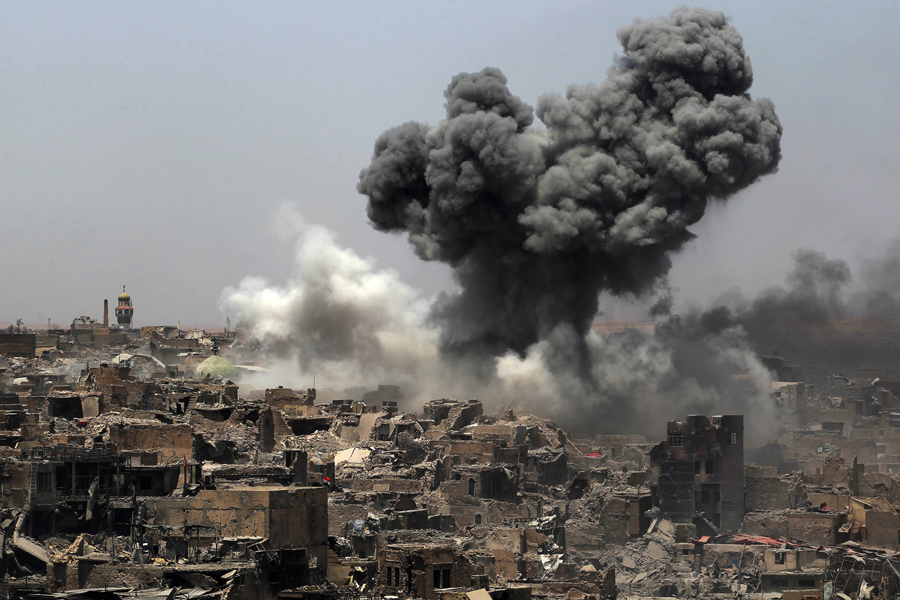
A picture taken on July 9, 2017, shows smoke billowing following a U.S.-led international coalition forces airstrike in Mosul, Iraq.: photo by Ahmad Al-Rubaye / AFP, 9 July 2017
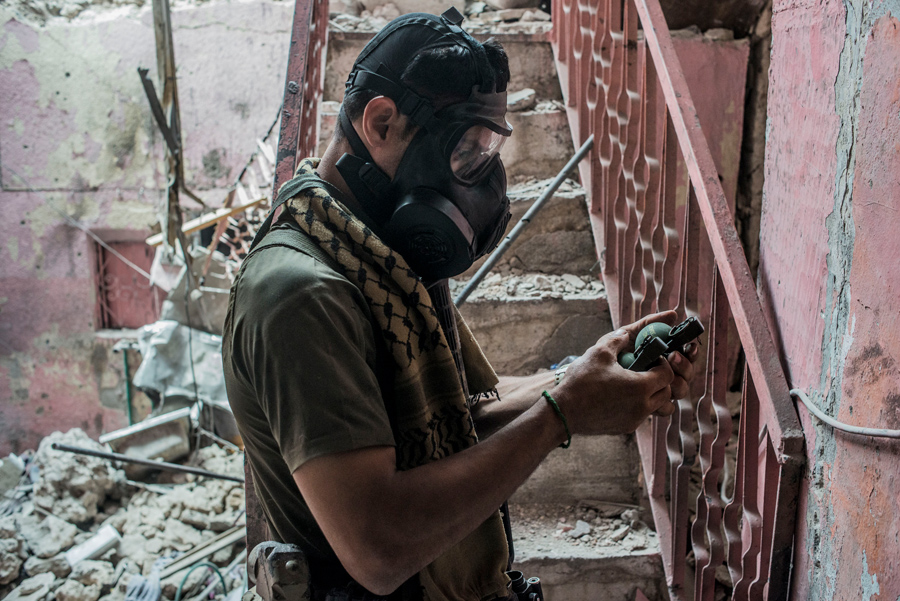
An Iraqi Special Operation Forces (ISOF) soldier wears a gas mask during a gas attack and prepares to throw grenades at Islamic State militants who occupy a nearby house in the Old City district where heavy fighting continues on July 8, 2017, in Mosul, Iraq.: photo by Martyn Aim/Corbis, 8 July 2017

#Iraq Families flee as Iraqi forces advance into west #Mosul, part of the offensive to retake the city from ISIS.
By @martyn_aim Getty: image via Photojournalism @photojournalink, 6 March 2017
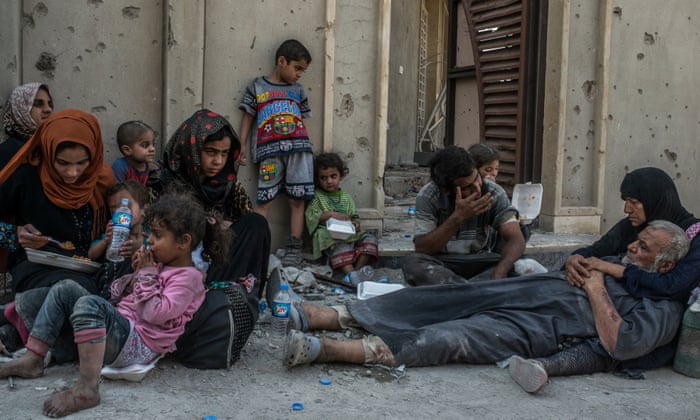
Iraqis sheltering in an Isis-controlled part of Mosul’s old city on 11 July. Government forces have declared victory but fighting continues in several pockets.: photo by Martyn Aim/Corbis, 11 July 2017
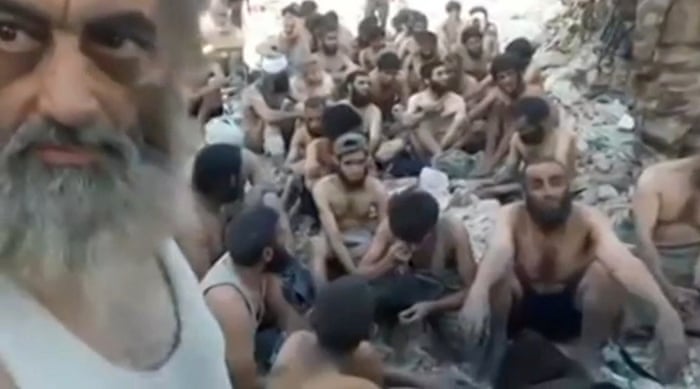
A still from a video showing Islamic State militants who surrendered in Mosul’s old city on 13 July.: photo by Reuters TV, 13 July 2017
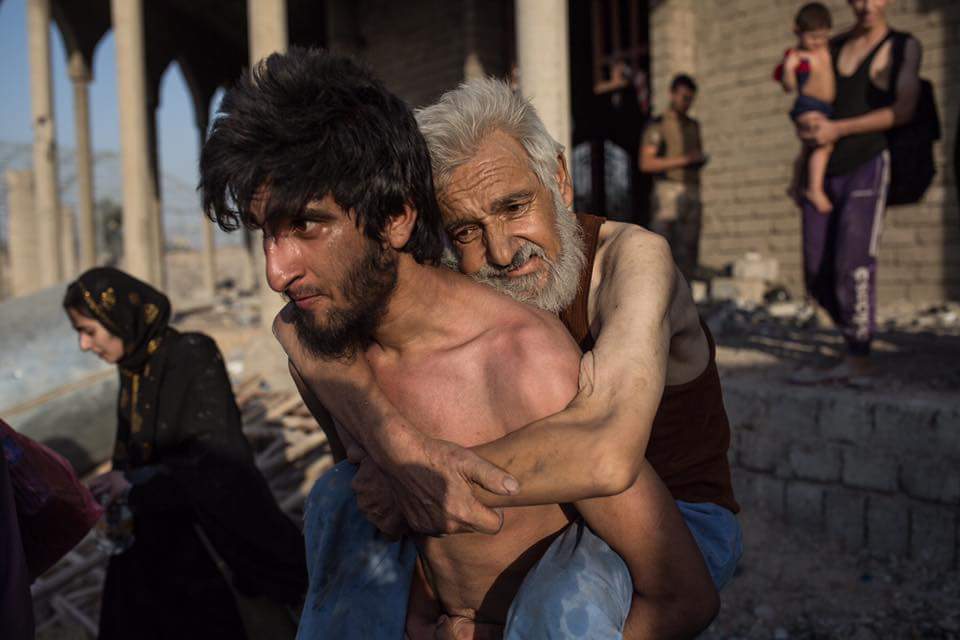
Incroyables photos signées @laurencegeai à Mossoul pour Paris Match. Immense respect pour ce travail. Que vont devenir tous ces gens?: image via Nassira El Moaddem @NassiraElM, 13 July 2017
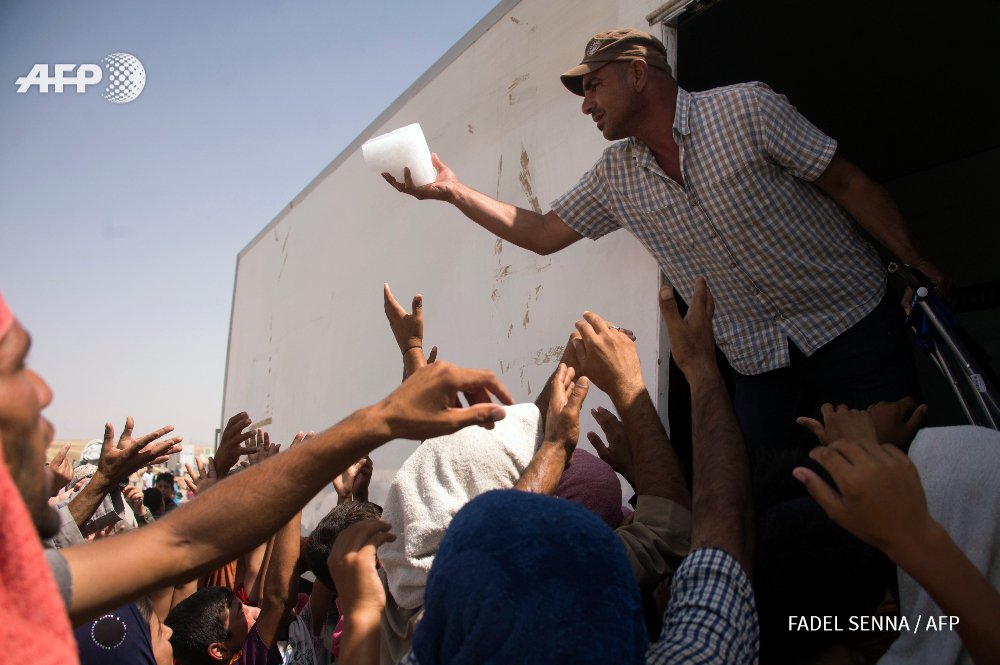
#Iraq Displaced Iraqis gather to receive ice at a camp set up to shelter civilians fleeing violence in Debaga. Photo Fadel Senna: image via Frédérique Geffard @fgeffardAFP, 15 July 2017
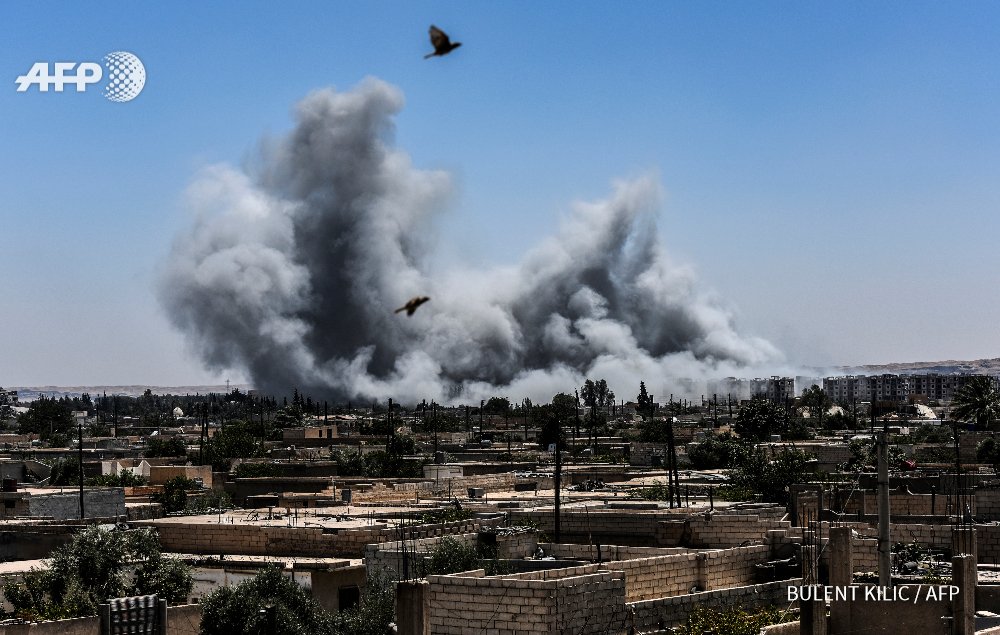
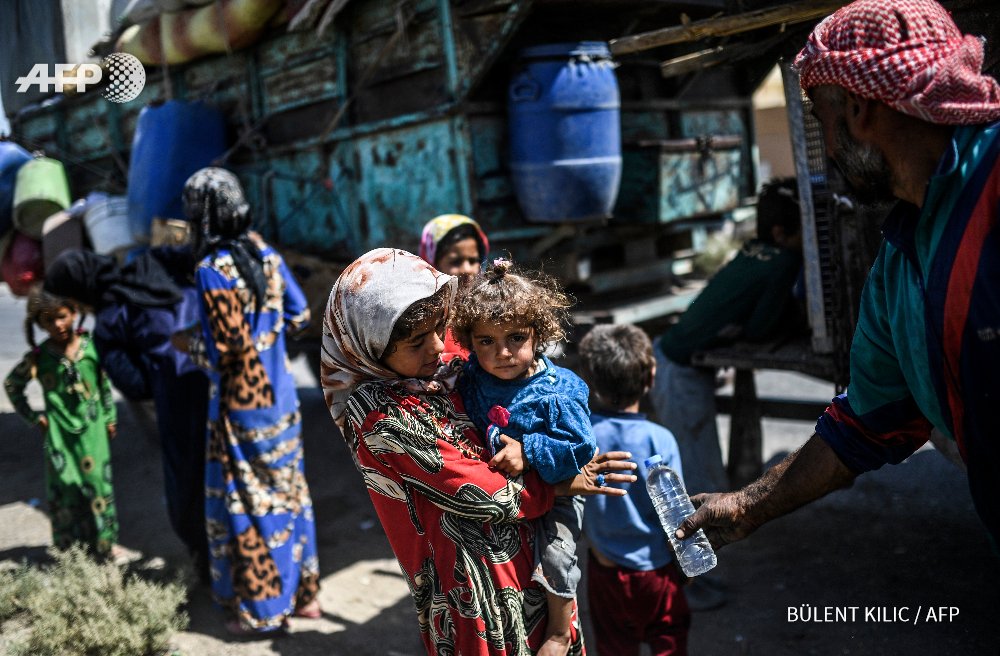
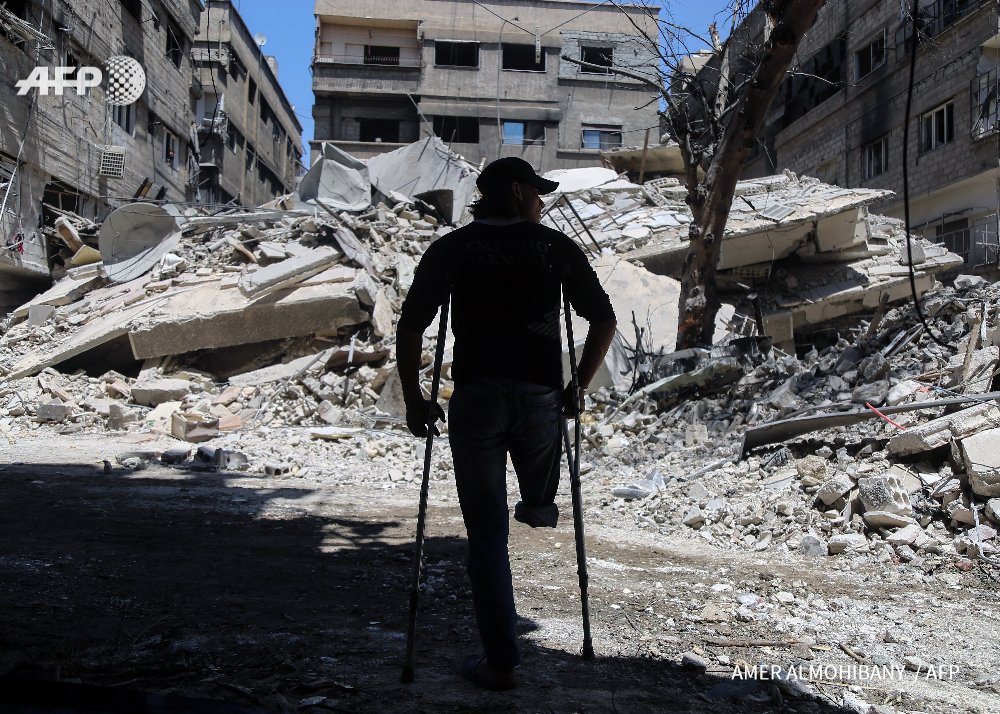
SYRIA - An amputee walks next to a building that was destroyed following a reported air strike on Ayn Tarma. Photo @ameralmohibany: image via Frédérique Geffard @fgeffardAFP, 15 July 2017
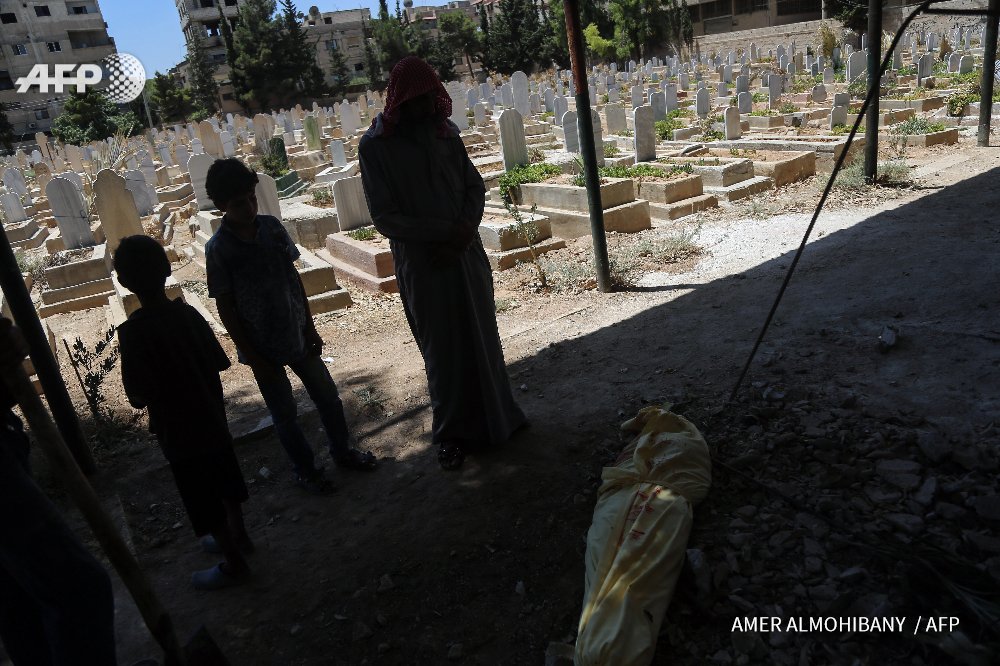
SYRIA - Syrians pray over the body of a child killed in a reported airstrike on the rebel-held town of Hazeh. Photo @ameralmohibany: image via Frédérique Geffard @fgeffardAFP, 16 July 2017
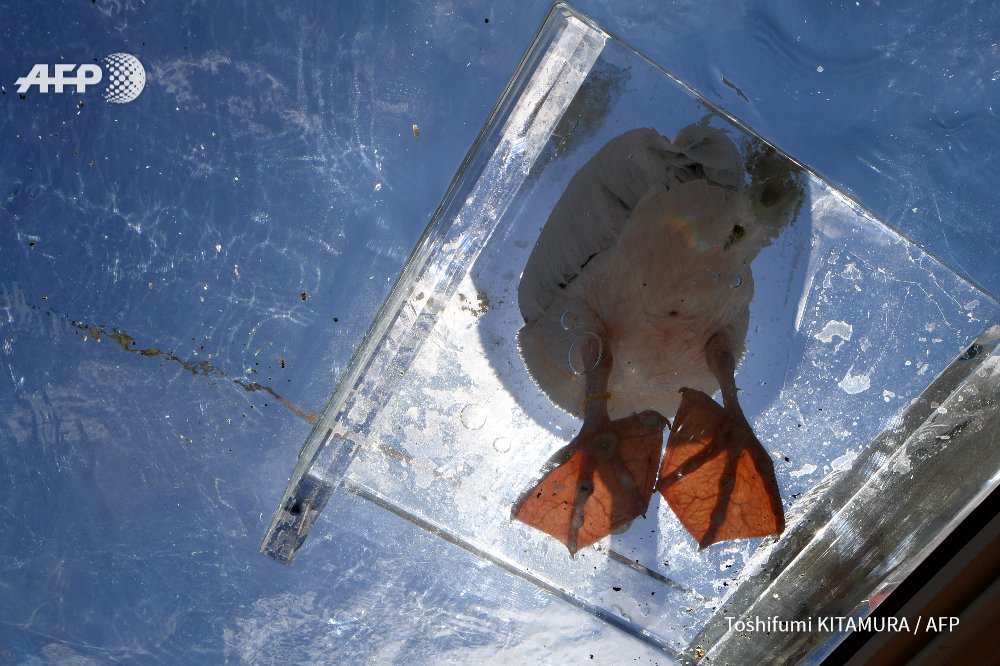
#Japan A pelican stands in a water tank at an aquarium in Tokyo.
Photo Toshifumi Kitamura #AFP: image via Frédérique Geffard @fgeffardAFP, 15 July 2017
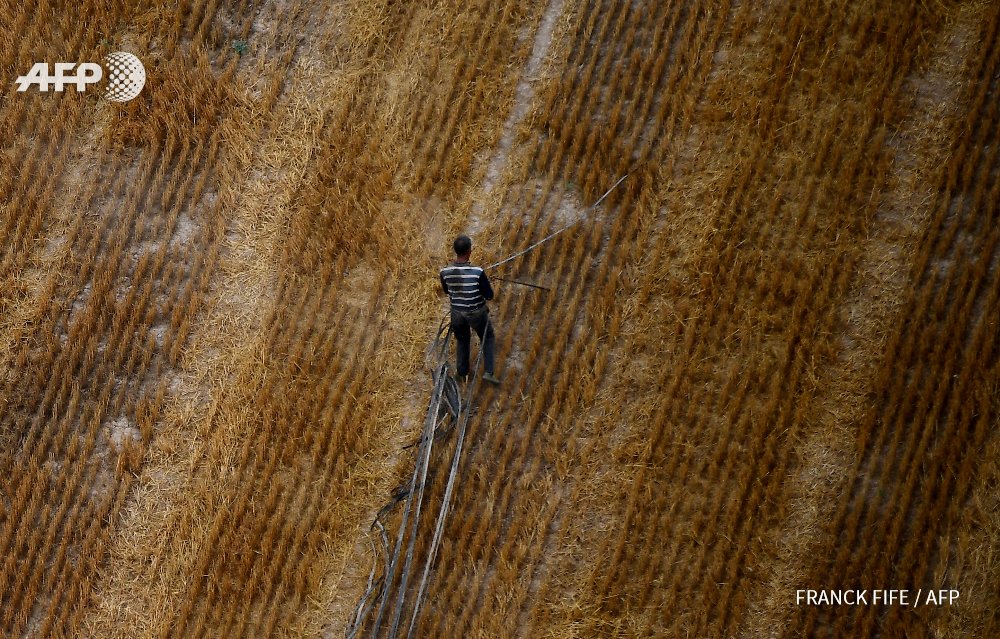
#China A man works in a field between Karamay and Urumqi. Photo @franck_fife #agriculture: image via Frédérique Geffard @fgeffardAFP, 16 July 2017
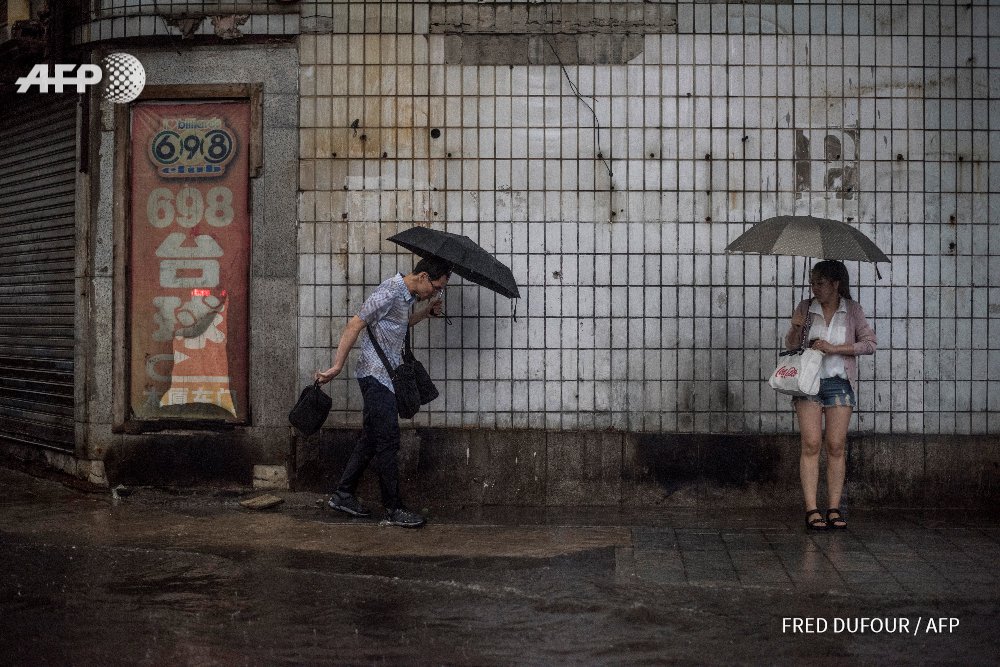
#China People try to stay away from a flooded street after a heavy rain in Shenyang, Liaoning province. Photo @freddufour_afp: image via Frédérique Geffard @fgeffardAFP, 15 July 2017

#China People try to stay away from a flooded street after a heavy rain in Shenyang, Liaoning province. Photo @freddufour_afp: image via Frédérique Geffard @fgeffardAFP, 15 July 2017
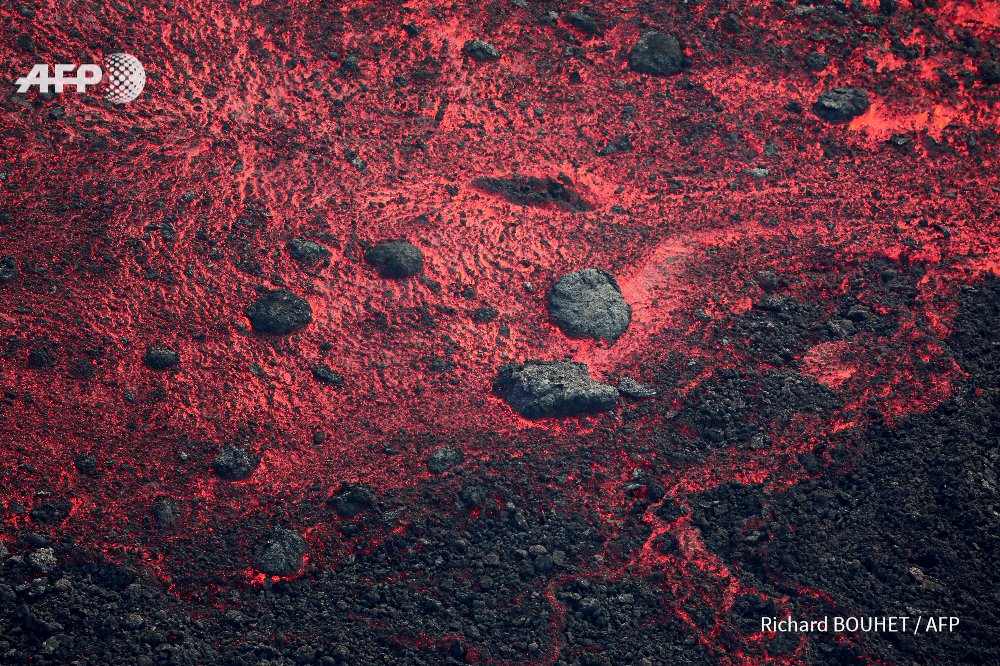
#France Lava flows from the Piton de la Fournaise, the volcano of the French Indian Ocean island of Reunion. Photo Richard Bouhet: image via Frédérique Geffard @fgeffardAFP, 15 July 2017
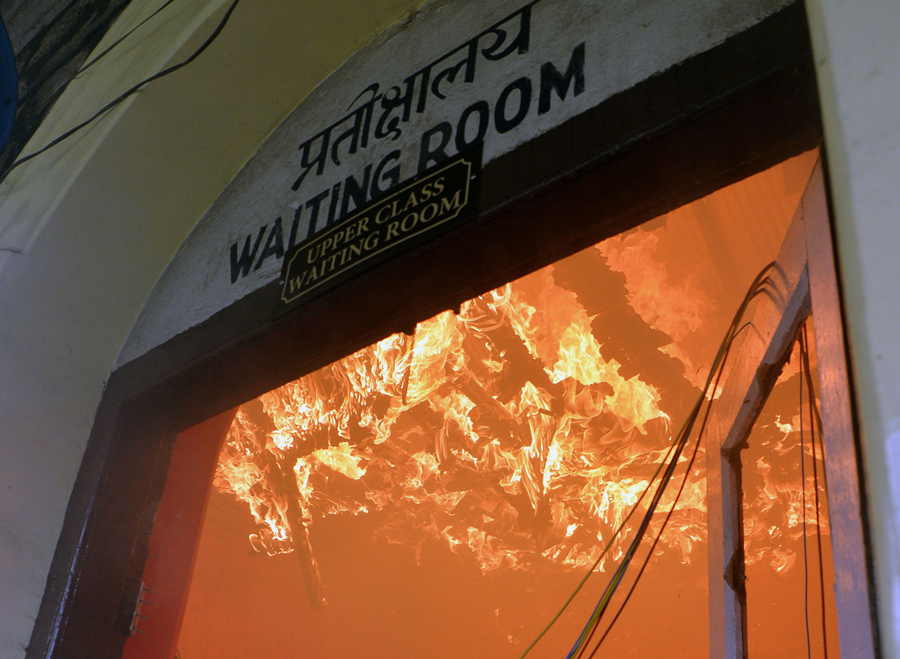
Fire burns inside the upper-class waiting room in a railway station in Darjeeling, India, during an indefinite strike called by separatist group Gorkha Janamukti Morcha (GJM) on July 8, 2017. The separatist group alleged on July 8 that one of its supporters was killed by police, sparking fresh violence in the Indian hill resort of Darjeeling.: photo by Diptendu Dutta/AFP, 8 July 2017
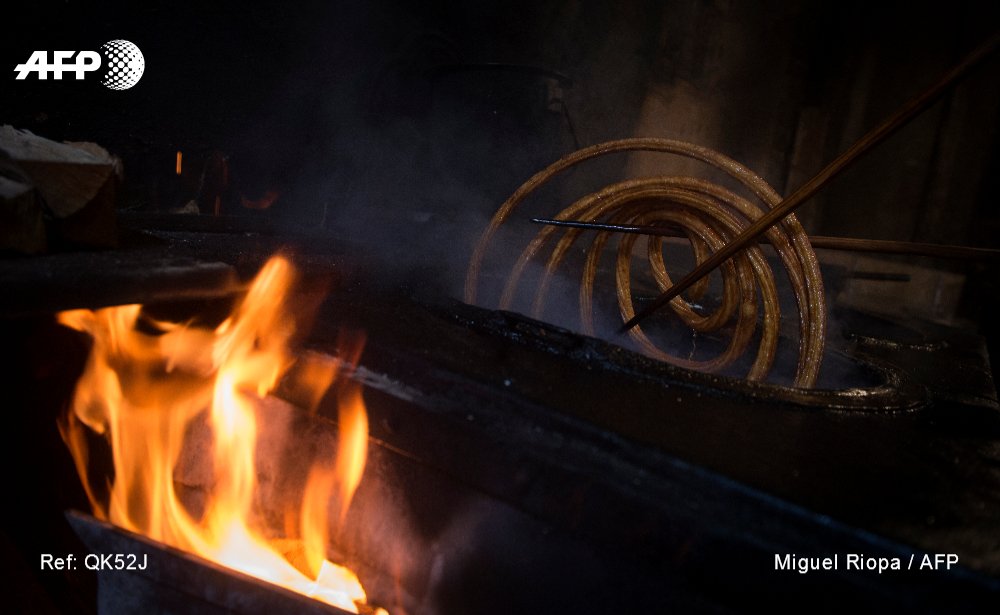
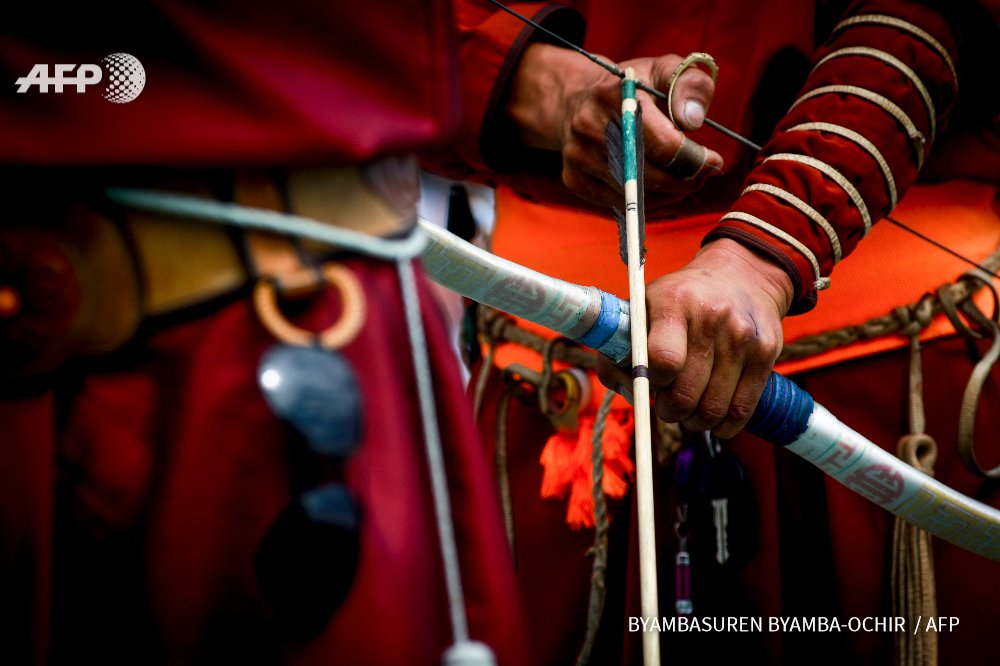
Clarice Lispector: The Archer (I'm going to die: there's that tension like that of a bow about to loose an arrow)
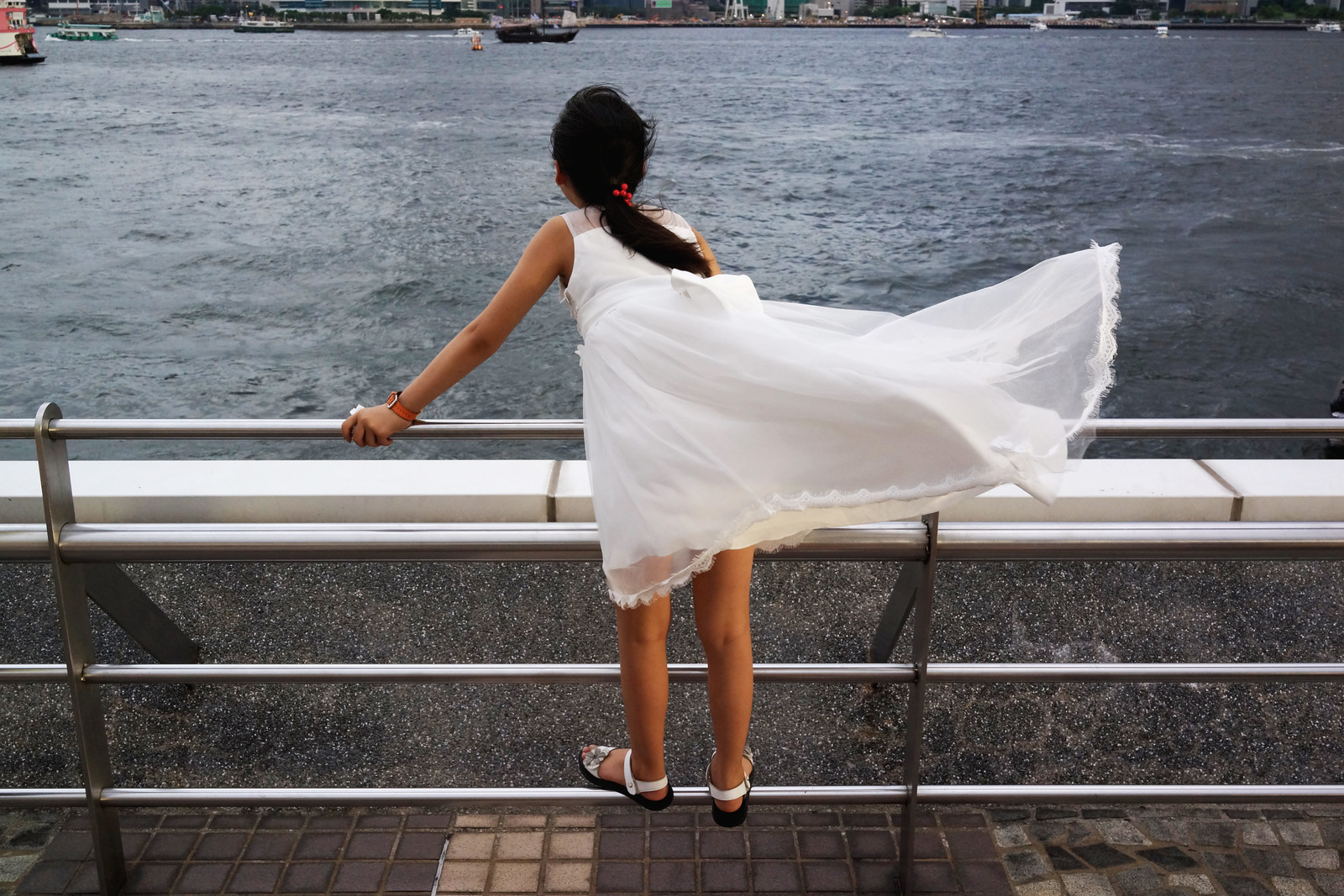
Hong Kong, Windy: photo by Edas Wong, 15 July 2017

Hong Kong, Windy: photo by Edas Wong, 15 July 2017

Hong Kong, Windy: photo by Edas Wong, 15 July 2017
Not
having been born an animal is a secret nostalgia of mine. They
sometimes clamor for many generations from afar and I can't respond
except by growing restless. It's the call.
This
free air, this wind that strikes me in the soul of the face leaving it
troubled in an imitation of an anguished ever-new ecstasy, anew and
always, every time the plunge into a bottomless thing from which I fall
always ceaselessly falling until I die and achieve at last silence. Oh
sirocco wind, I do not forgive thee for death, thou who bringest me a
damaged memory of things lived that, alas for me, always repeat
themselves, even in other and different forms. The living thing scares
me as the future scares me. That, like things that have passed, is
intangible, mere supposition.
I
am at this instant in a white void awaiting the next instant. Measuring
time is just a working hypothesis. But whatever exists is perishable
and this forces us to measure immutable and permanent time. It never
began and will never end. Never.
The object shown in this beautiful Hubble image, dubbed Messier 54, could be just another globular cluster, but this dense and faint group of stars was in fact the first globular cluster found that is outside our galaxy. Discovered by the famous astronomer Charles Messier in 1778, Messier 54 belongs to a satellite of the Milky Way called the Sagittarius Dwarf Elliptical Galaxy. Messier had no idea of the significance of his discovery at the time, and it wasn’t until over two centuries later, in 1994, that astronomers found Messier 54 to be part of the miniature galaxy and not our own. Current estimates indicate that the Sagittarius dwarf, and hence the cluster, is situated almost 90,000 light-years away -- more than three times as far from the centre of our galaxy as the Solar System. Ironically, even though this globular cluster is now understood to lie outside the Milky Way, it will actually become part of it in the future. The strong gravitational pull of our galaxy is slowly engulfing the Sagittarius dwarf, which will eventually merge with the Milky Way creating one much larger galaxy. This picture is a composite created by combining images taken with the Wide Field Channel of Hubble’s Advanced Camera for Surveys. Light that passed through a yellow-orange (F606W) was coloured blue and light passing through a near-infrared filter (F814W) was coloured red. The total exposure times were 3460 s and 3560 s, respectively and the field of view is approximately 3.4 by 3.4 arcminutes: image by ESA/Hubble and NASA, 7 November 2011
I
heard about a she who died in bed but screaming: my light's going out!
Until there was the favor of a coma inside which she freed herself from
her body and had no fear of death.
Before writing to you I perfume myself all over.
I
know you all over because I have lived you all over. In me life is
profound. The early hours find me pale from having lived the night of
deep dreams. Though sometimes I float on a visible shoal that has
beneath it dark blue almost black depths. That is why I write to you. On
a waft of thick seaweed and in the tender wellspring of love.
I'm
going to die: there's that tension like that of a bow about to loose an
arrow. I remember the sign of Sagittarius: half man and half animal.
The human part in classical rigidity holds the bow and arrow. The bow
could shoot at any instant and hit the target. I know that I shall hit
the target.
Archer, folk festival, Gyantse, Tibet: photo by Ernst Schäfer, 21 June 1938 (Deutsches Bundesarchiv)
Now
I'm going to write wherever my hand leads: I won't fiddle with whatever
it writes. This is a way to have no lag between the instant and I: I
act in the core of the instant. But there's still some lag. It starts
like this: as love impedes death, and I don't know what I mean by that. I
trust in my own incomprehension that gives me life free of
understanding, I lost friends, I don't understand death. The horrible
duty is to go to the end. And counting on no one. To live your life
yourself. And to suffer as much to dull myself a bit. Because I can no
longer carry the sorrows of the world. What can I do when I feel totally
what other people are and feel? I live them but no longer have the
strength. I don't want to tell even myself certain things. It would be to betray the is-itself.
I feel that I know some truths. But truths have no words.
Clarice Lispector (1920-1977): from Água Viva (1973), translated from the Portuguese by Stefan Tobler


#China A little girl plays along a memorial in Shenyang. Photo @freddufour_afp #AFP: image via Frédérique Geffard @fgeffardAFP, 15 July 2017
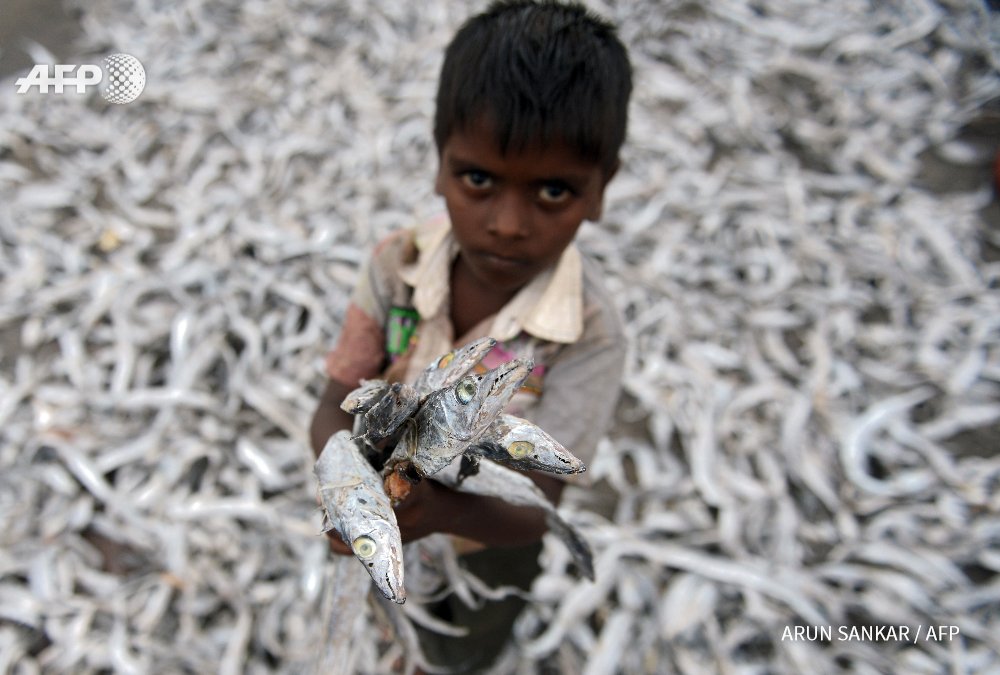

Polluted Landscape. 'Due to the vast exploitation of coal mines, meadows in Holingol City, Inner Mongolia, China, are left degraded and no cattle or sheep exist there. In order to maintain the image of the city, the local government sculptured more than 120 sheep, as well as cattle, horses and camels in the Horqin grassland.': photo by Lu Guang, 2012
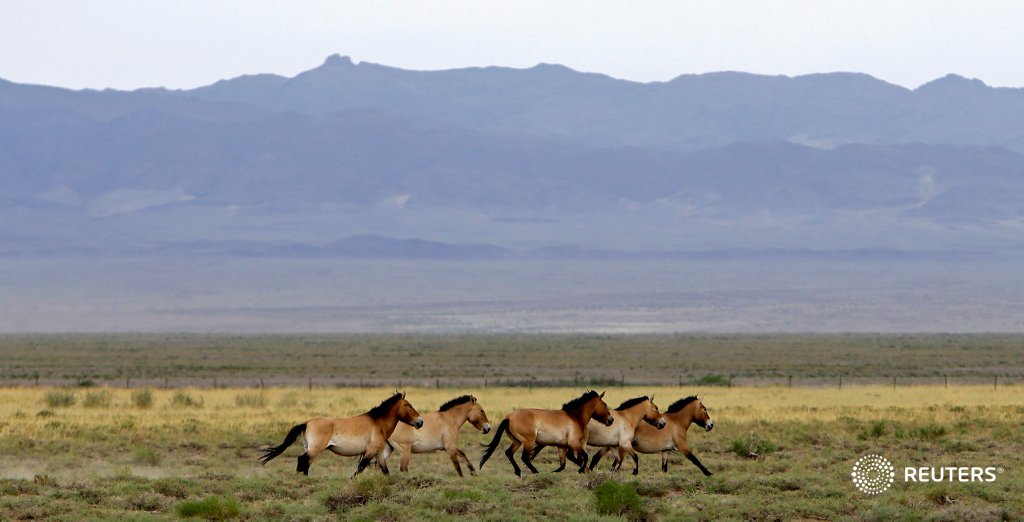
Przewalski’s horses, driven to extinction in the wild in the 1960s, return to their ancestral steppes of Mongolia: image via Reuters Pictures @reuterspictures, 27 June 2017
A Mongolian man controls his horse during the Mongolian summer festival known as Naadam on the outskirts of Ulan Bator on Wednesday: photo by AFP, 13 July 2016
A Mongolian man controls his horse during the Mongolian summer festival known as Naadam on the outskirts of Ulan Bator on Wednesday: photo by AFP, 13 July 2016
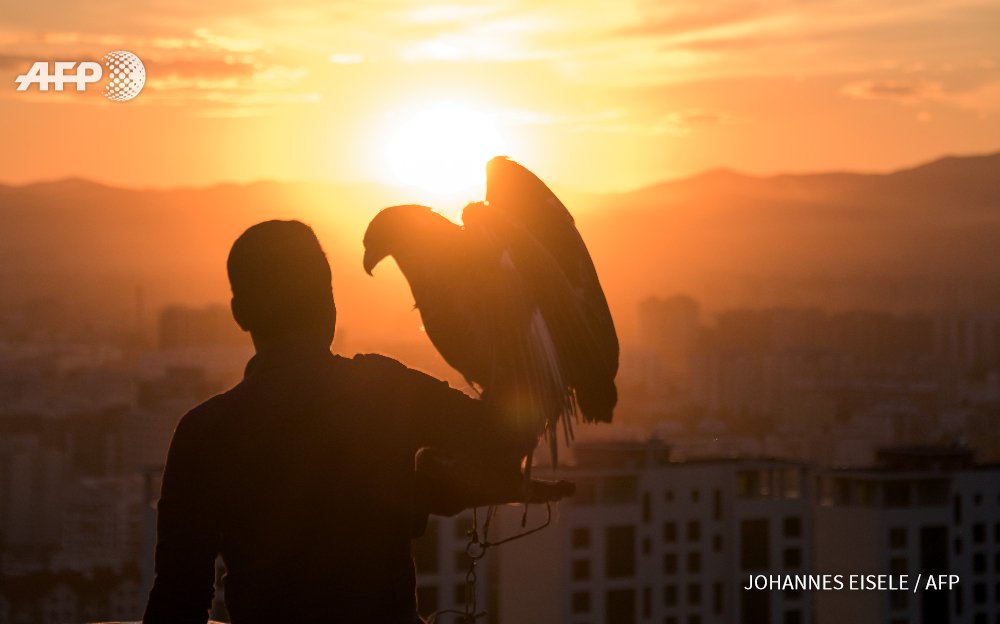
MONGOLIA - A Mongolian tourist poses with an eagle overlooking Ulan Bator. By @johaynz #AFP: image via AFP Photo Department @AFPhoto, 2 July 2016
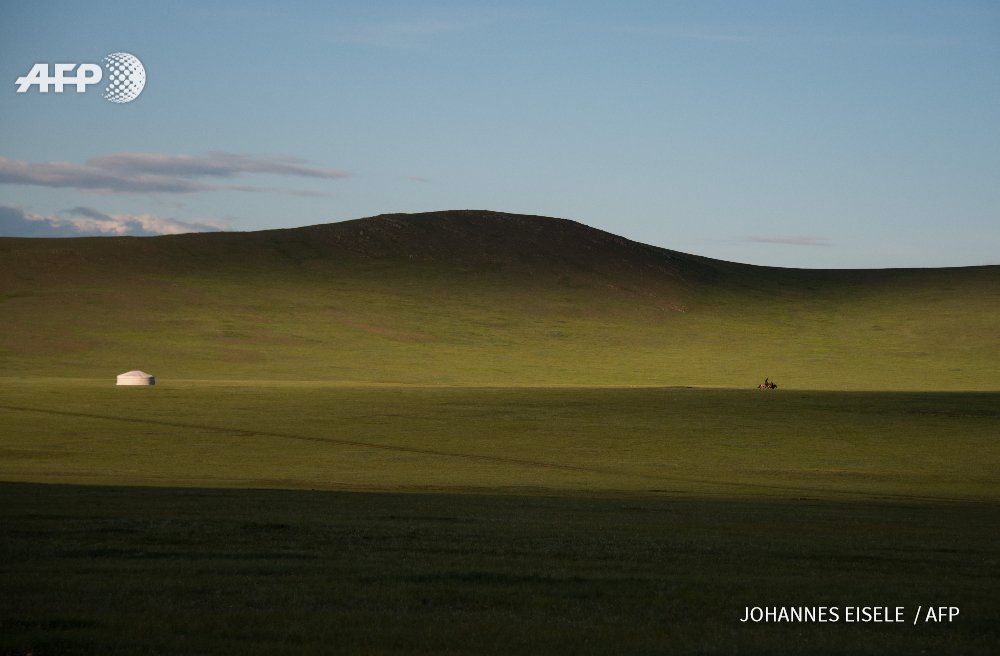
MONGOLIA - A man rides his horse next to a ger near Zuunmod south of Ulan Bator. By @johaynz #AFP: image via AFP Photo Department @AFPphoto, 29 June 2016
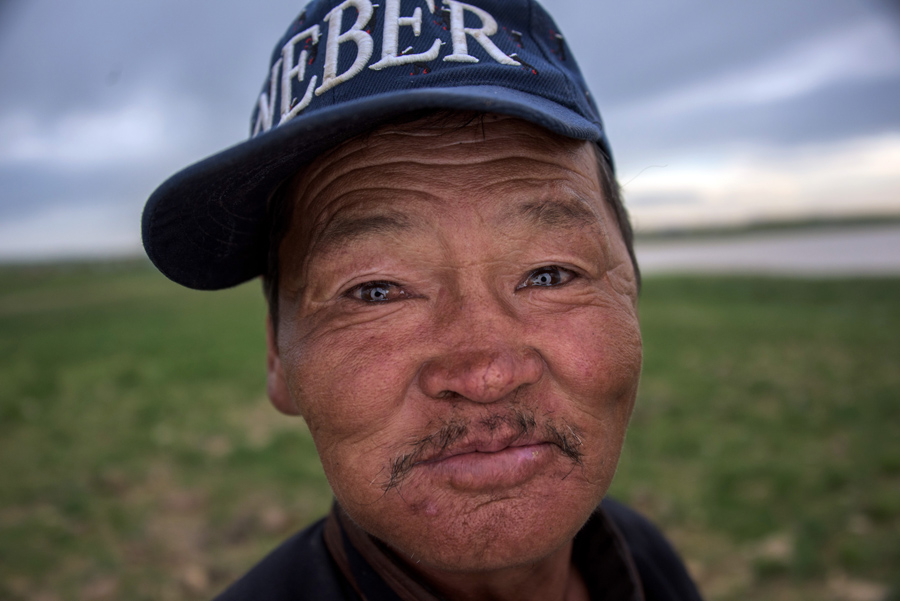
Herder
Zandraagiin Budjav posing for a picture in the Gobi desert near Luusiin.
Mongolians went to the polls across their sprawling, sparsely-populated
country on June 29 as it struggles to benefit from its vast natural
resources amid disputes over foreign investment and slumping demand from
neighbouring China.: photo by Johannes Eisele, 29 June 2016
A Chinese labourer stands next to a furnace outside an unauthorized steel factory in Inner Mongolia: photo by Kevin Frayer, 25 November 2016
A Chinese labourer stands next to a furnace outside an unauthorized steel factory in Inner Mongolia: photo by Kevin Frayer, 25 November 2016

Tel Aviv, 2017: photo by andy kochanowski, 16 July 2017

Tel Aviv, 2017: photo by andy kochanowski, 16 July 2017

Tel Aviv, 2017: photo by andy kochanowski, 16 July 2017

Untitled [Tel Aviv]: photo by Gabi Ben avraham, 8 April 2015

Untitled [Moscow]: photo by Alexei Yuriev, 20 June 2017

Untitled [Moscow]: photo by Alexei Yuriev, 20 June 2017

Untitled [Moscow]: photo by Alexei Yuriev, 20 June 2017

POLAND. Kraków. 2017 © Ruslan Mashvov: photo by Unknown Collective, 29 June 2017
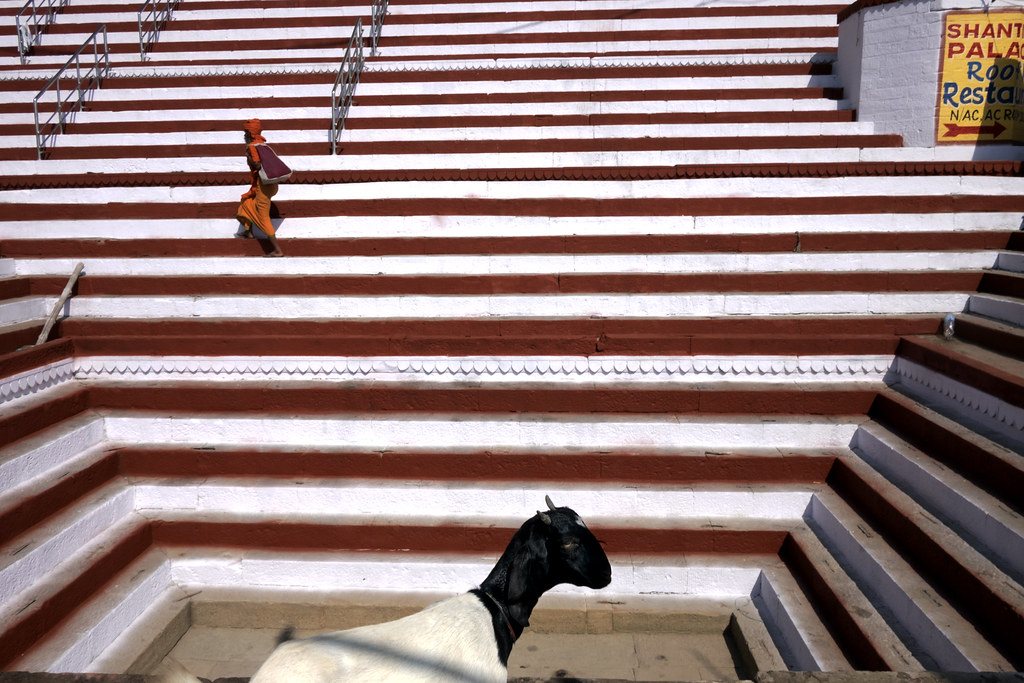
[Varanasi]: photo by Muhammad Imam Hasan, 28 June 2017

[Untitled]: photo by Soumyendra Saha, 4 July 2017

[Untitled]: photo by Soumyendra Saha, 4 July 2017

[Untitled]: photo by Soumyendra Saha, 4 July 2017
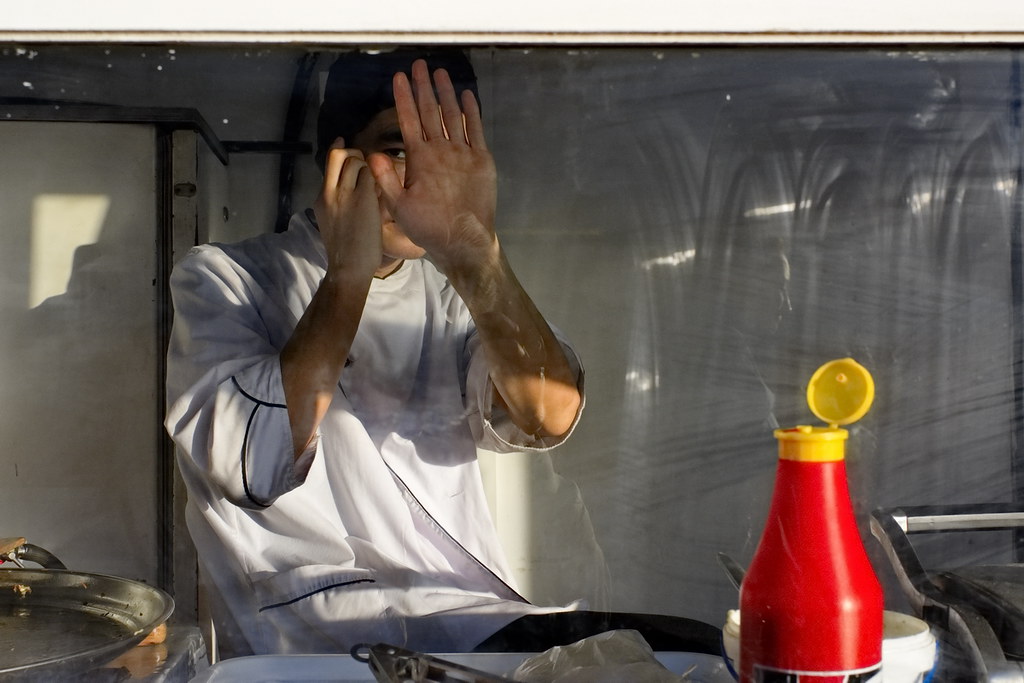
RUSSIA. Irkutsk. 2017 © Igor Zhuraviev: photo by Unknown Collective, 17 April 2017


Sharing the bench -- Italy: photo by Stefano Lista, 12 July 2017

Sharing the bench -- Italy: photo by Stefano Lista, 12 July 2017

Untitled [Tel Aviv]: photo by Gabi Ben avraham, 29 June 2017
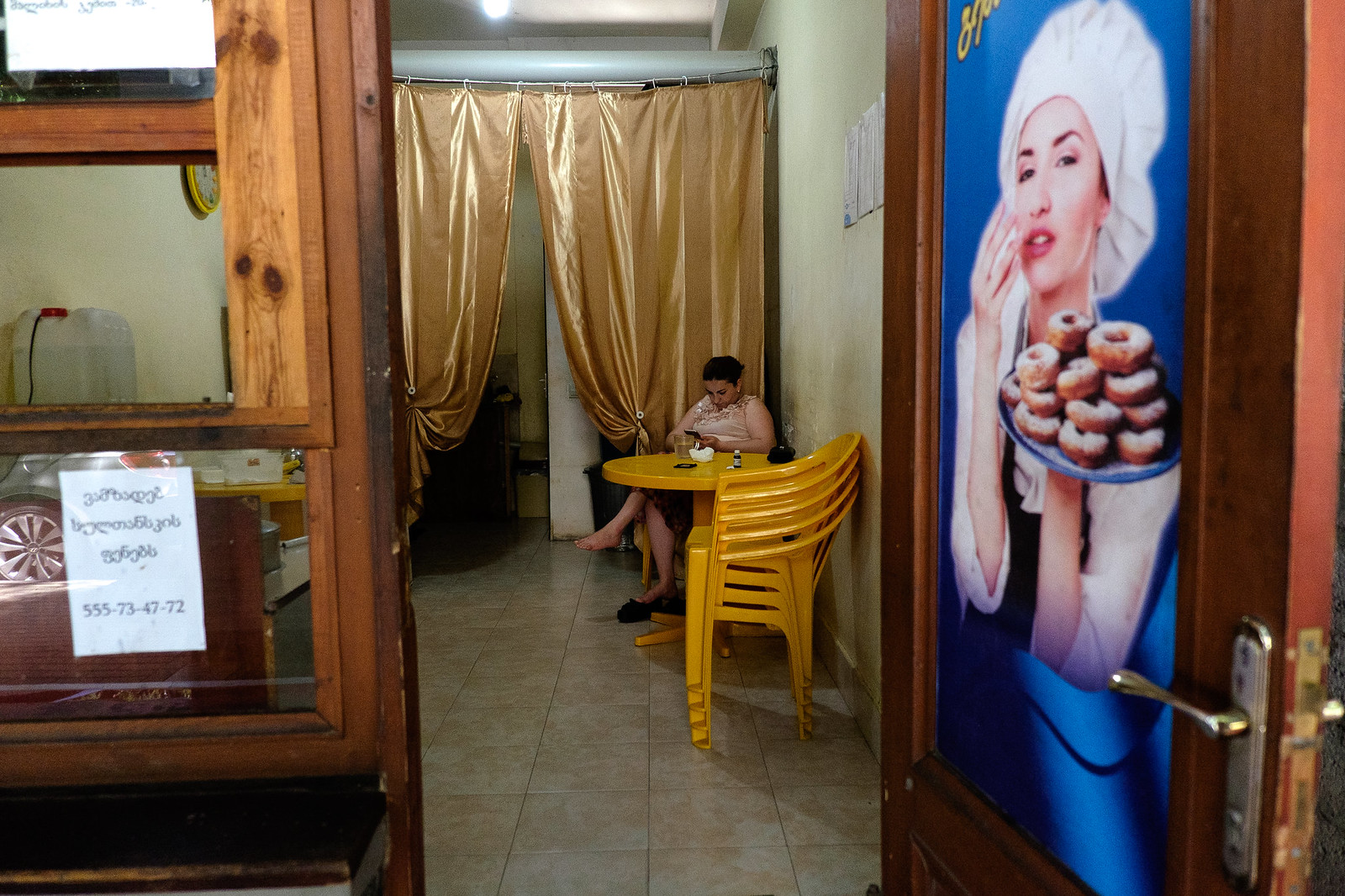
Untitled [Batumi, Georgia]: photo by Gabi Ben avraham, 3 July 2017

Untitled [Batumi, Georgia]: photo by Gabi Ben avraham, 3 July 2017

Untitled [Batumi, Georgia]: photo by Gabi Ben avraham, 3 July 2017

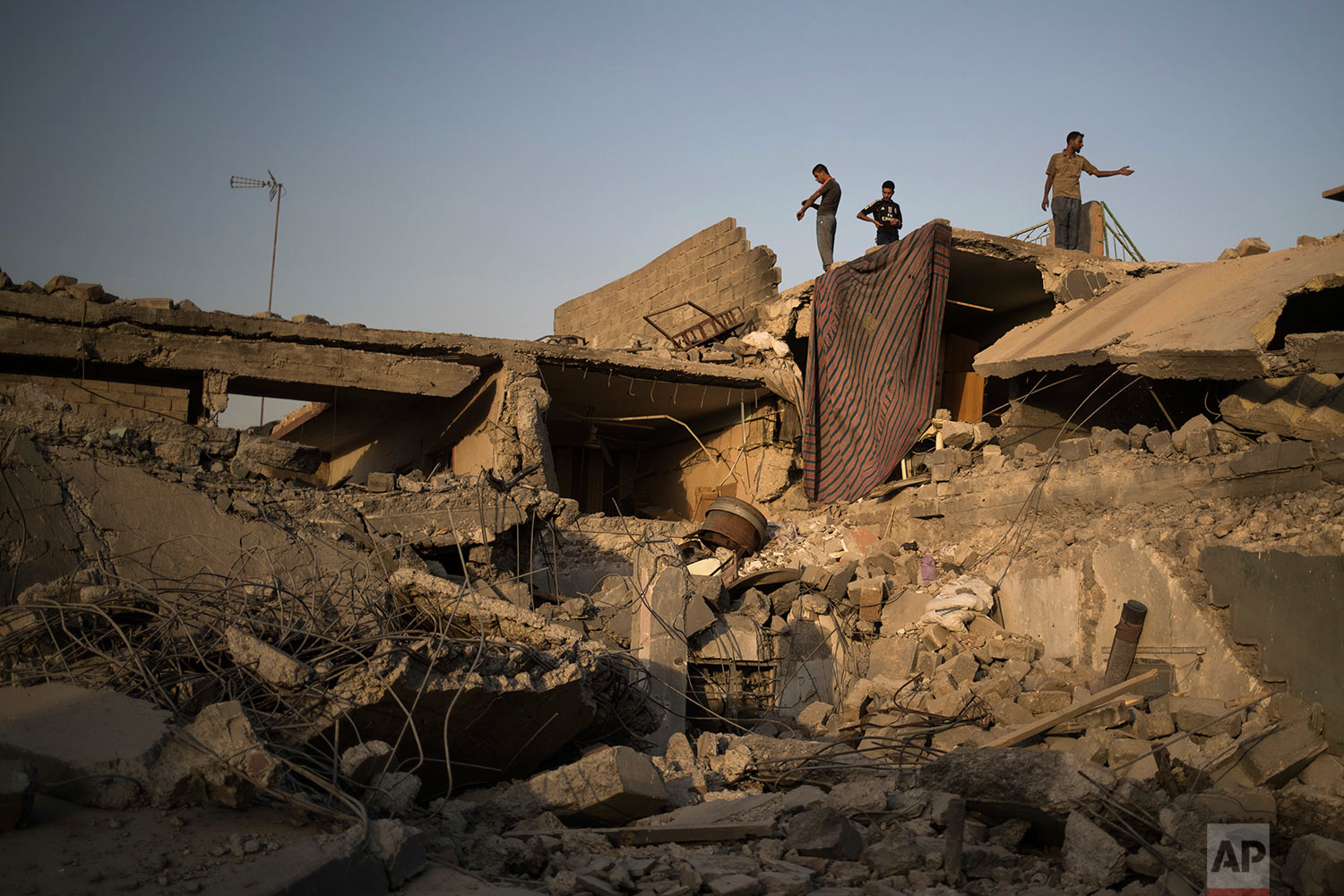
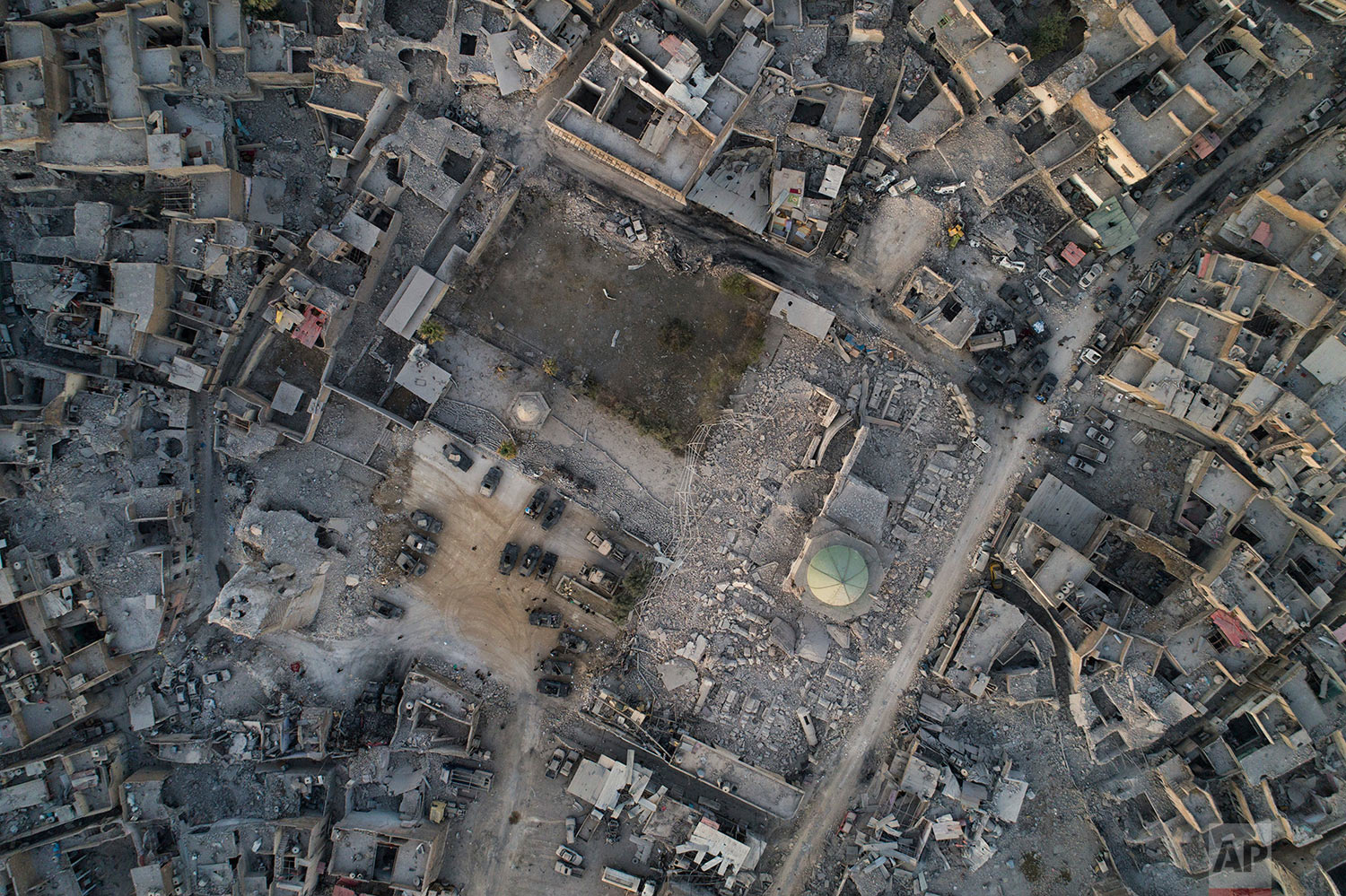

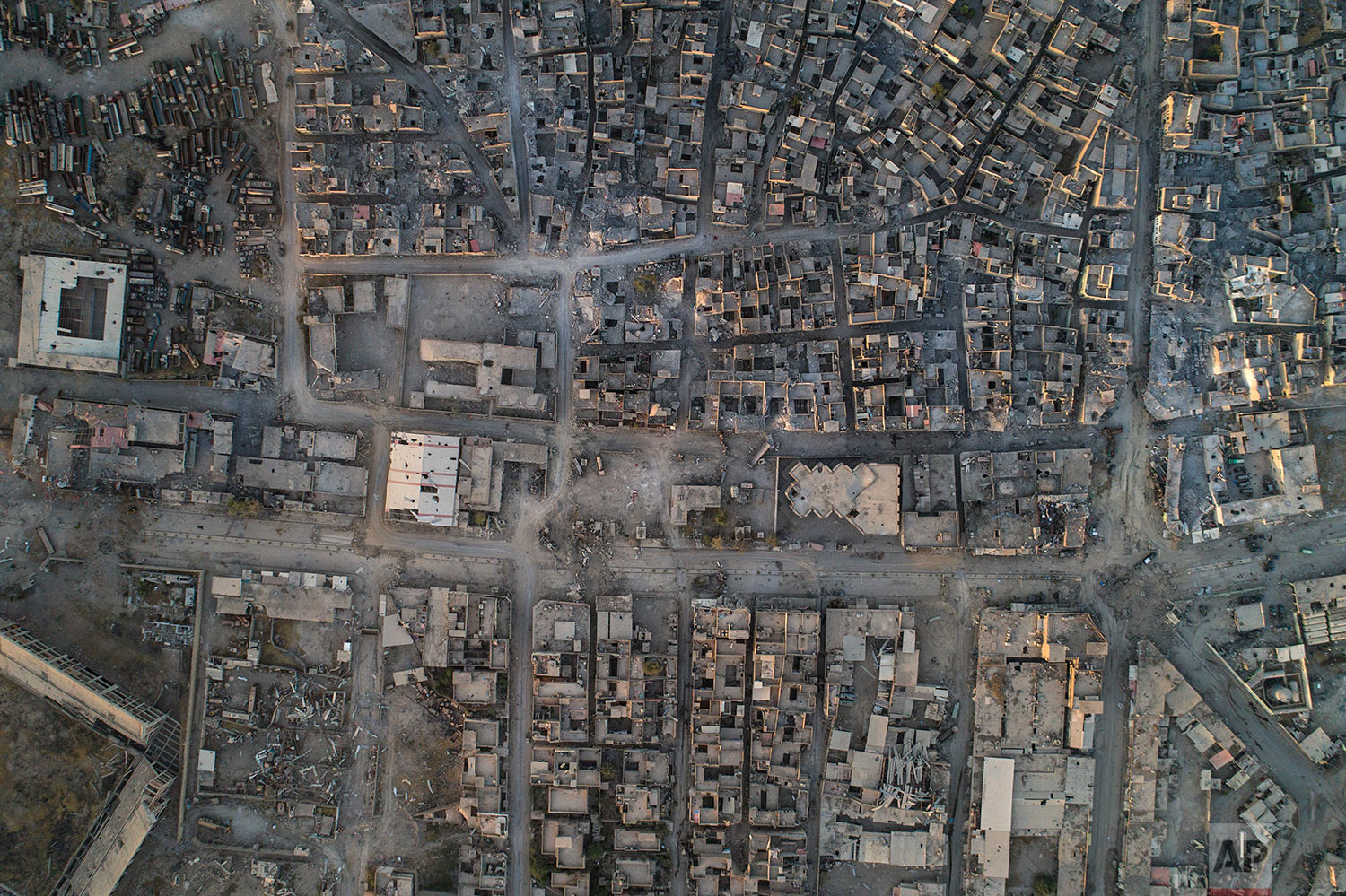
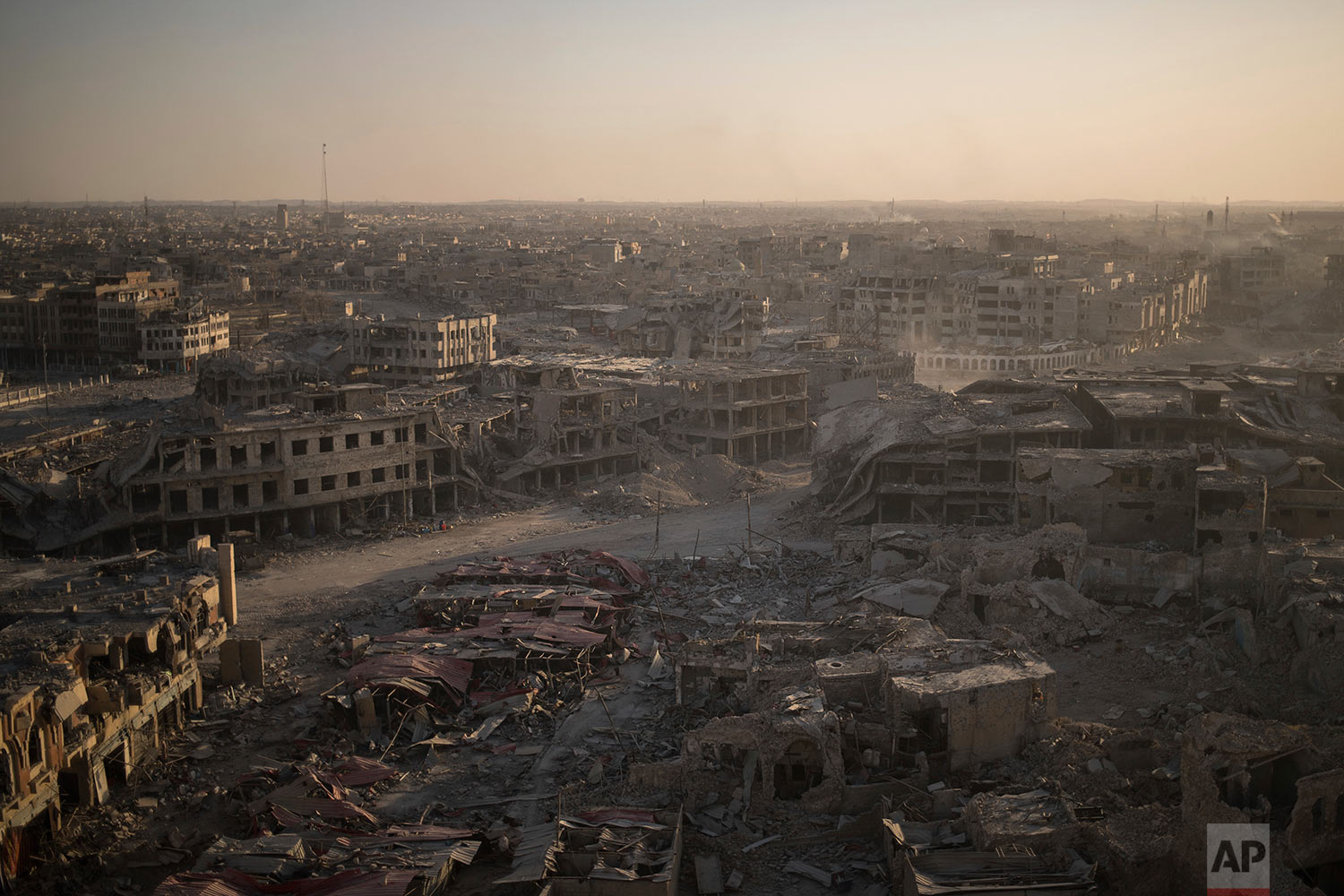










3 comments:
Clarice Lispector -- Frases e Fotos / Gaetano Veloso: Clarice
Caetano Veloso: La Paloma (from Habla con Ella)
beautiful video of Clarice ...thanks!
Post a Comment